Meet the Designers Committed to Making Socially & Environmentally Conscious Jewelry
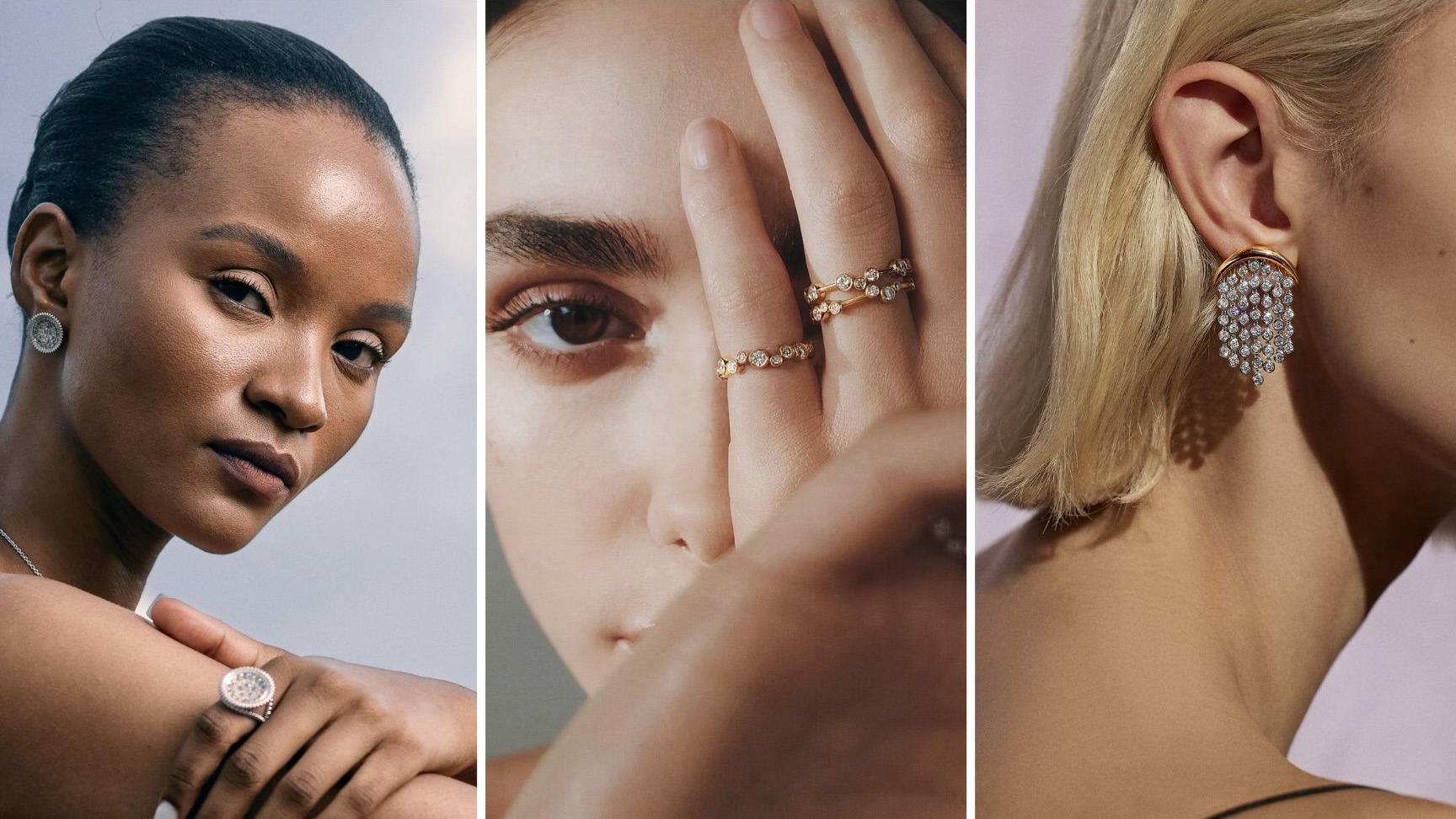
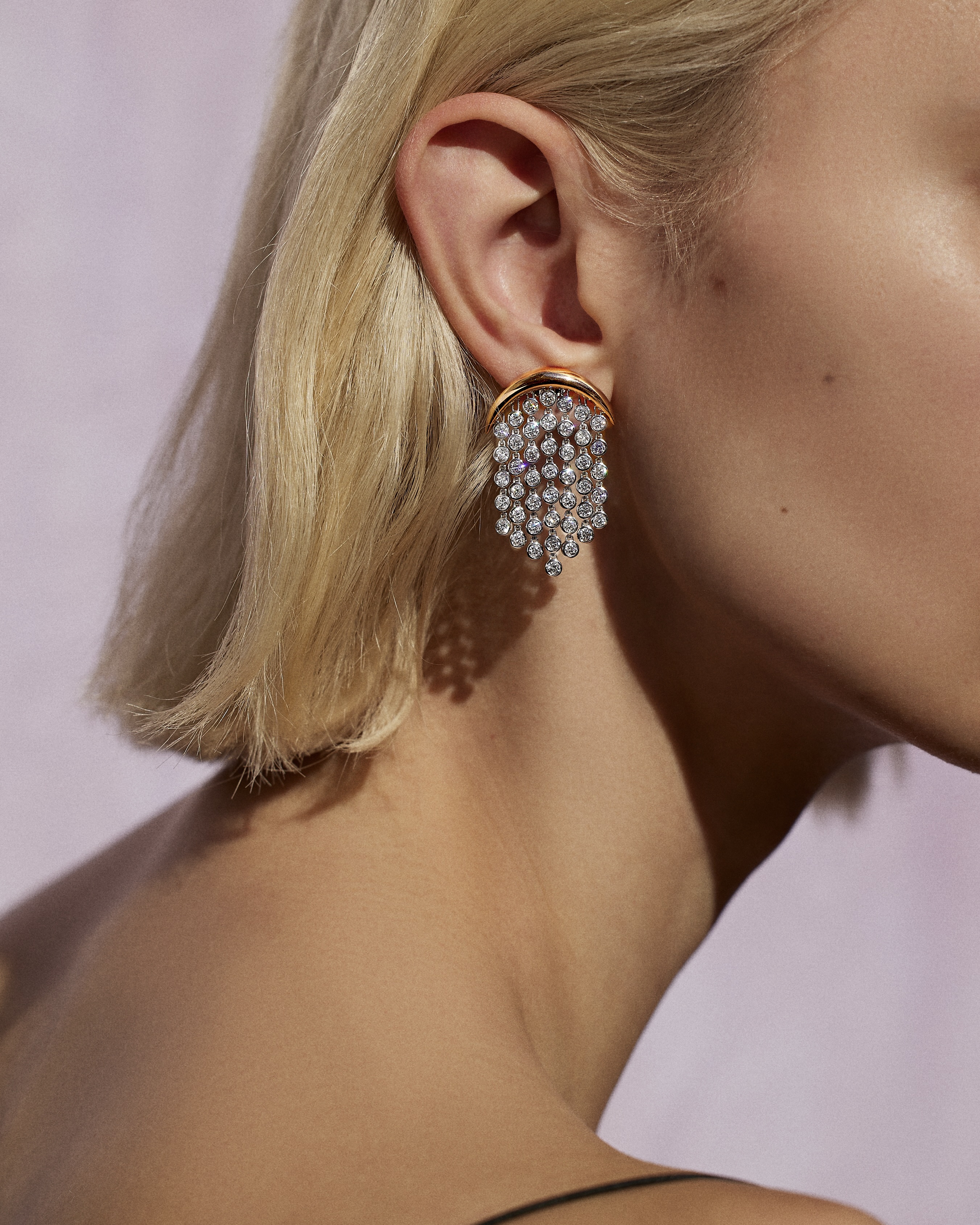
There’s more to diamond jewelry than its sparkle. More designers are committed to creating socially conscious businesses, which include responsibly sourced stones, ethically mined gold, and crafted in workshops that adhere to a code of conduct that protects its workers and minimizes its carbon footprint. That might not sound sexy, but it gives jewelry a feel-good factor that is priceless.
“It’s heartwarming when a bride can tell you where her diamond is from and get a clear idea of the people that have benefited from it,” says designer Thelma West, who sources her diamonds from Botswana, where she sees firsthand how the industry benefits the local communities. “I’d also just like to leave a better world for my daughters.”
That sentiment is permeating the diamond jewelry industry. At a time when there’s so much greenwashing, it’s inspiring to meet socially and ethically conscious designers who are going to great lengths to create businesses that are gentler on the planet. That includes knowing a stone’s origin and the craftspeople who make the pieces, buying Fairmined gold, and donating a percentage of profits to philanthropic causes, and more.
Did I mention that the diamond jewelry is fabulous? These designs are stylish, contemporary pieces that speak to the way we live and dress today.
This is a new series that highlights designers and brands that are creating responsibly sourced jewelry and employing sustainable and ethical practices.
Alice Herald
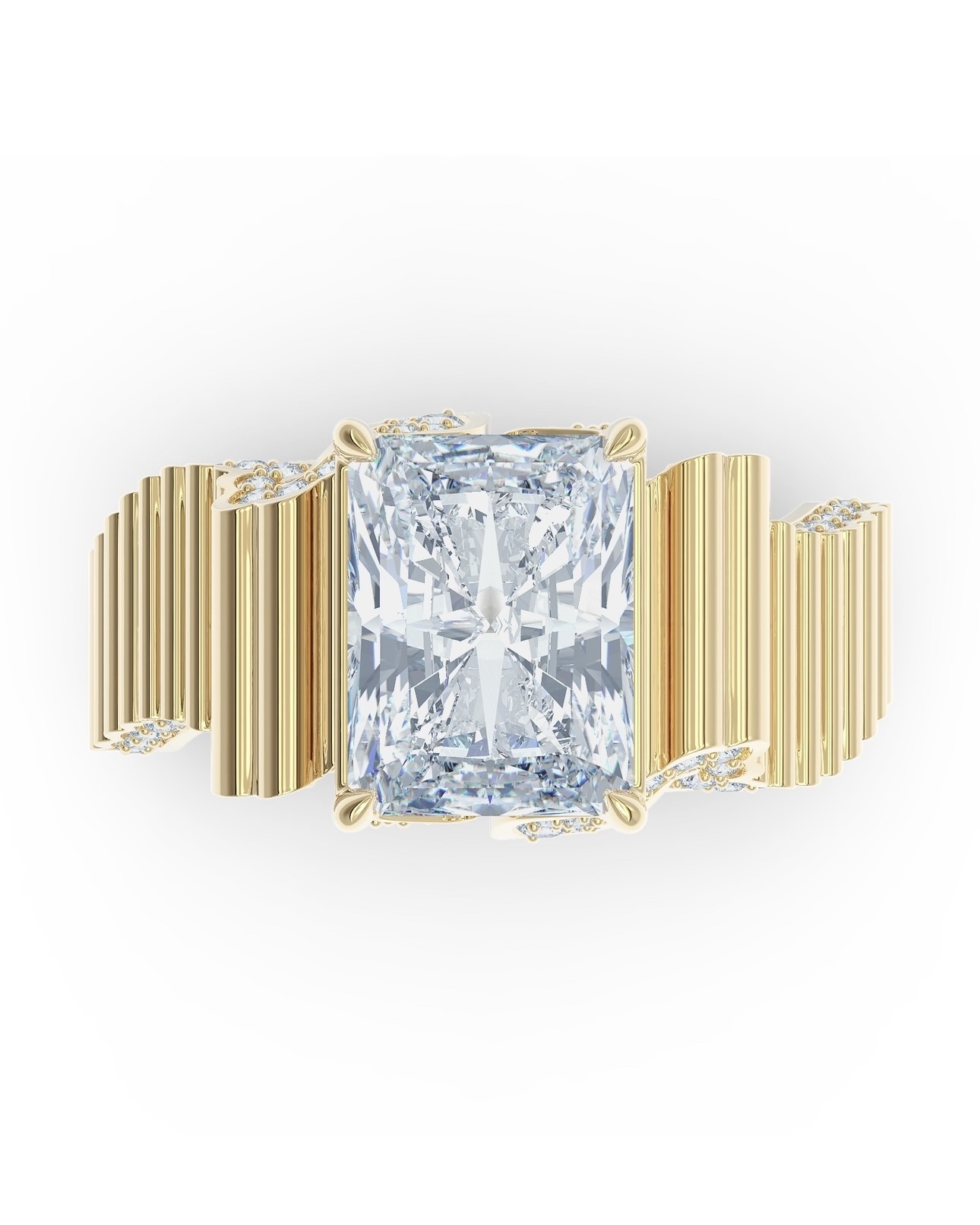
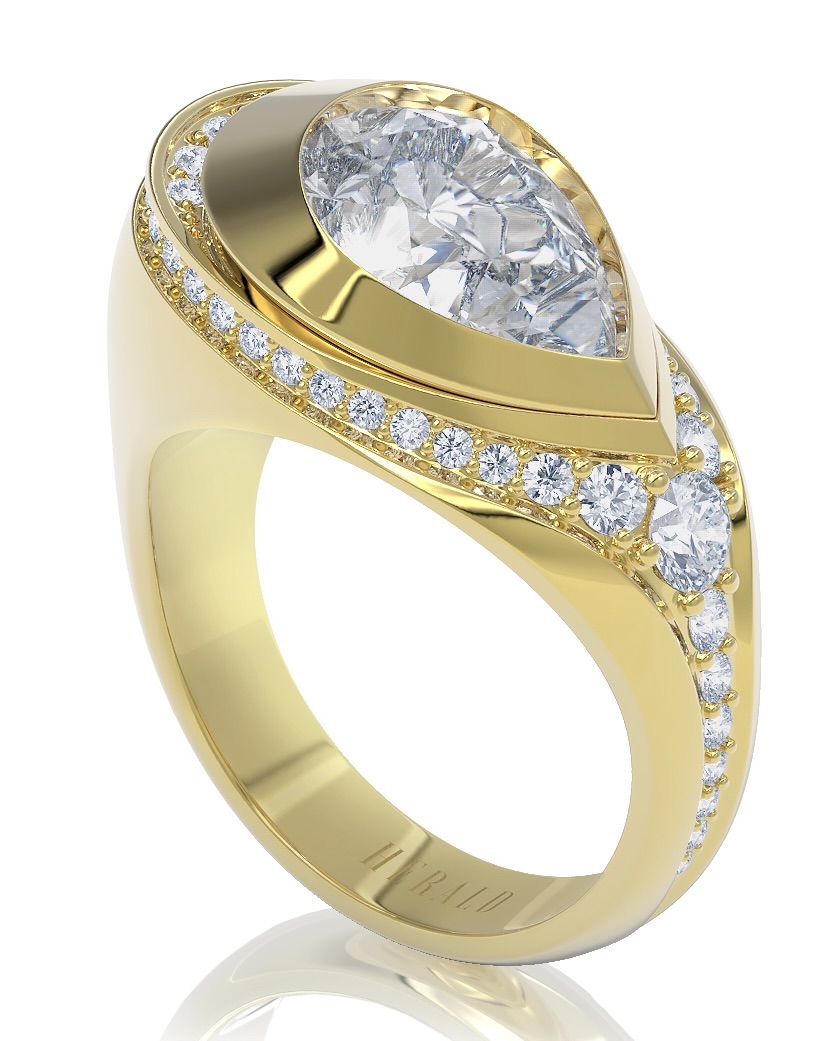
What makes one diamond different from the next? Designer Alice Herald says it’s the stone’s origin that determines its unique character. That’s why she makes a diamond’s birth place part of her design’s narrative and uses largely traceable stones.
“Whether it’s been tumbled out of a river mouth on the coast of Africa or formed from the deep, cold, high pressure of the Arctic crust, these aspects affect the crystal structure, quality, and resulting performance of your diamond,” says Herald, who established her namesake business in Wanaka, New Zealand.
The British native, who earned a degree in jewelry design from Central St. Martins, moved to Wanaka in 2005, a place that attracts outdoor adventurers for its majestic mountains and lakes. Since she established her business in 2016, the focus has been on enhancing the idiosyncrasies of each natural diamond.
“Natural diamonds each have their own story, their own birthplace,” she said. “The youngest natural diamonds are 1 billion years old, where else can you get access to and work with something with such history and provenance?”
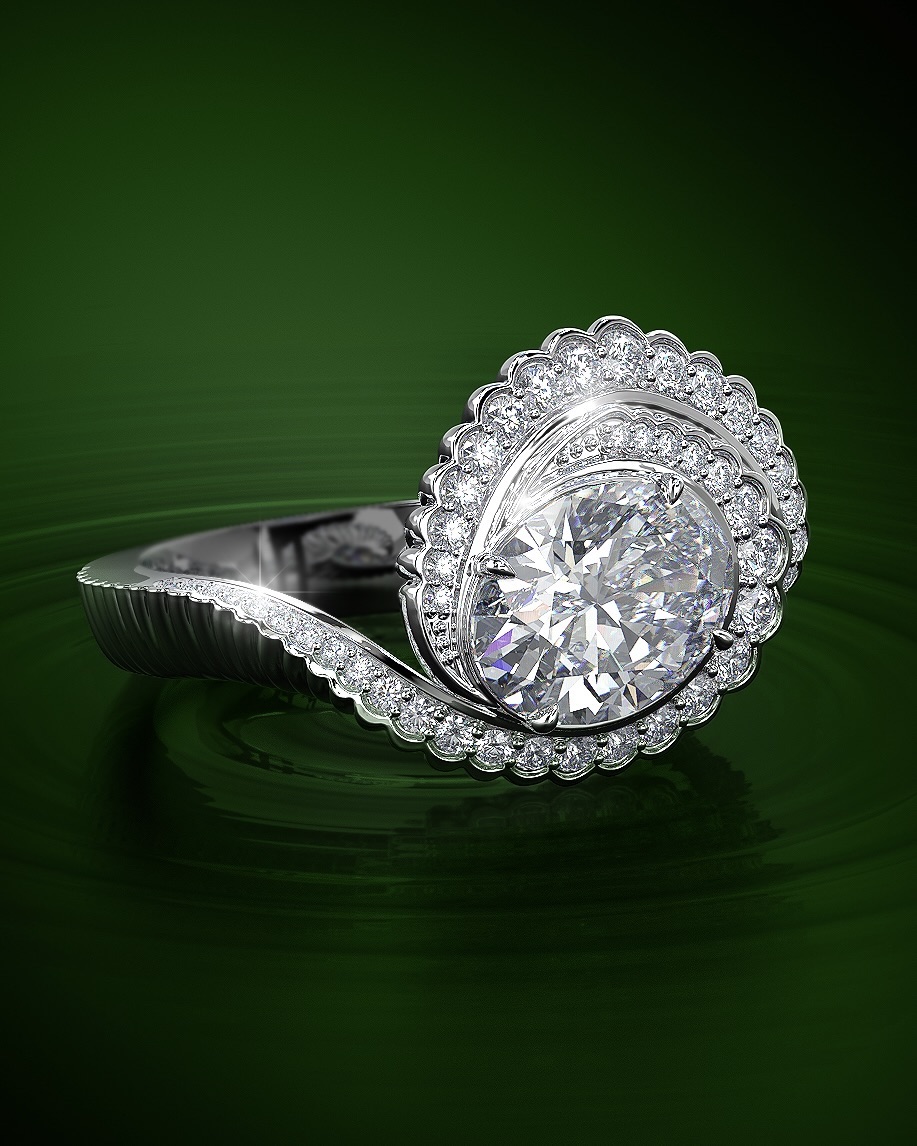
OND: Where do you source your diamonds?
AH: My stones come from De Beers’ sightholders. Stones over 0.5 carats have a ‘Footprints’ certificate, which verifies its country of origin and traces it through the cutting process.
I can tell my clients where their diamond came from. It’s not only fantastic to have this traceability and transparency to add to their story but also knowing that it supports artisans miners and their communities. So much goes back into the local education, healthcare, and their growing infrastructure.
OND: What else are doing to make your jewelry responsibly?
AH: Everything is designed and crafted in New Zealand, and we use Australasian gold, where the majority comes from New Zealand.
OND: How do you personalize the diamond process?
AH: Getting to know my client and understanding the purpose of the piece helps me discover the significance of the diamond and the feel for the finished piece. One example is a ring with the two princess-cut diamonds tilted towards each other representing the couple looking in the same direction through life, and they are encircled with leaves celebrating the woman’s love of gardening.
Jessie Thomas
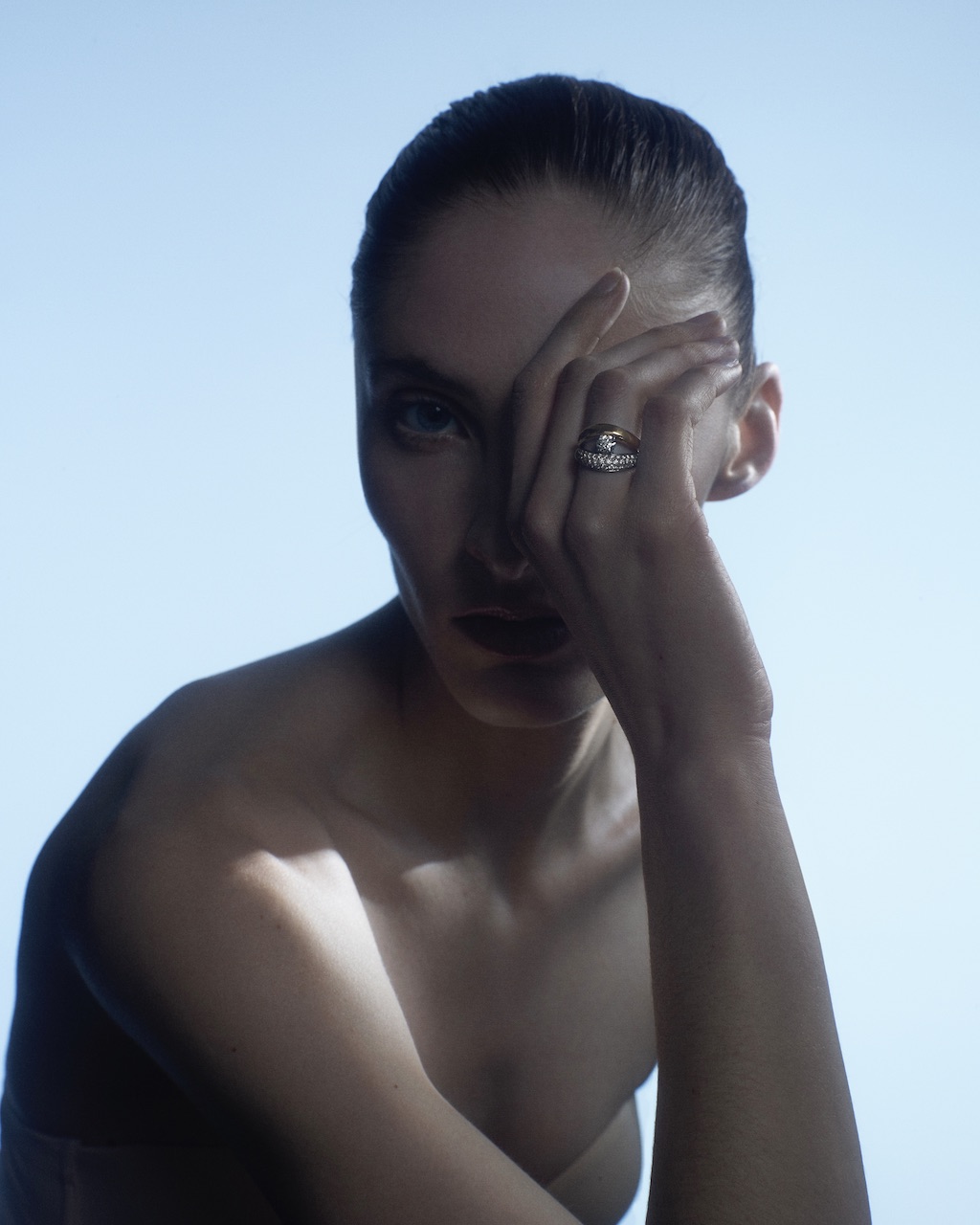
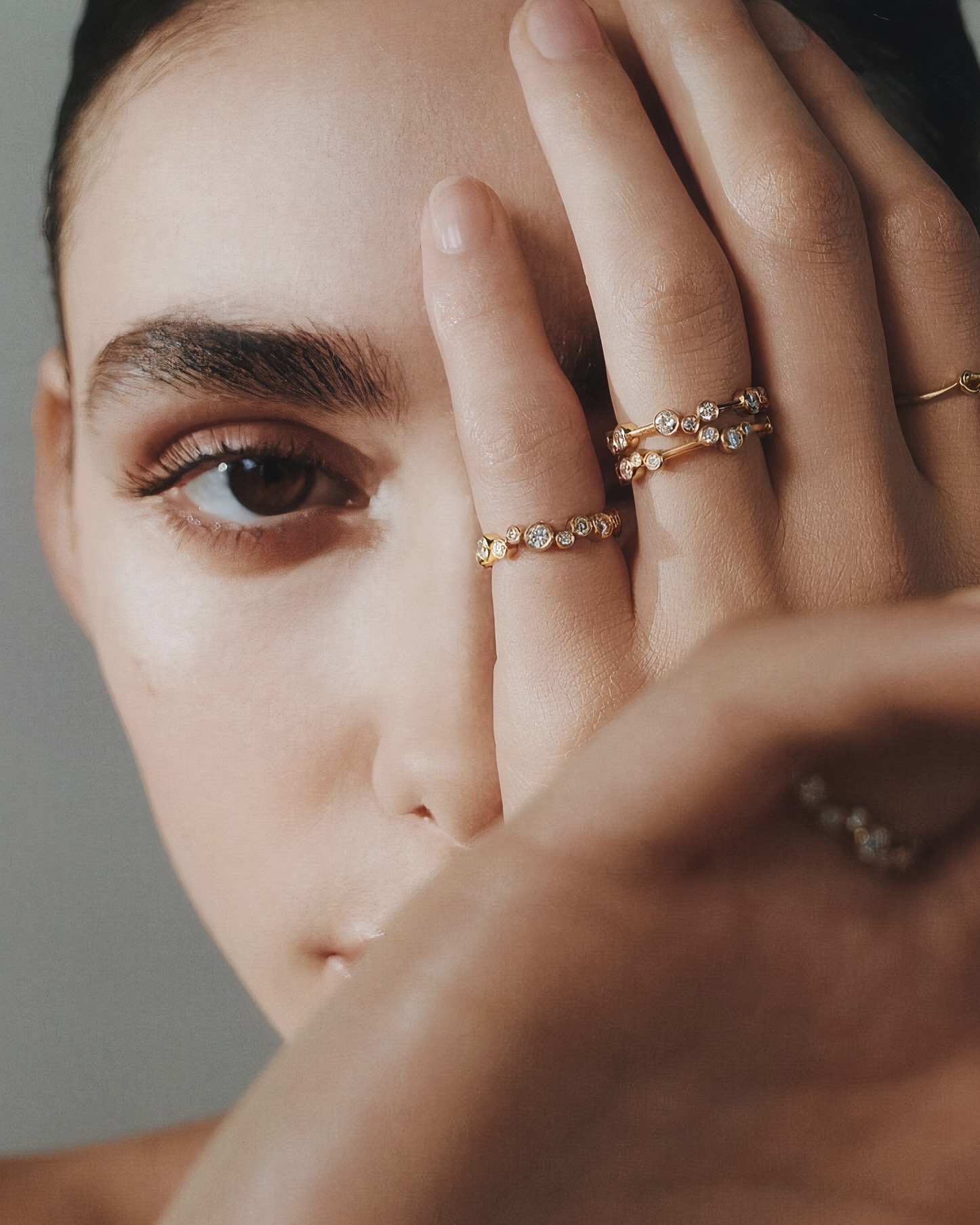
Jewelry was Jessie Thomas’ destiny. Growing up the daughter of British master goldsmith David Thomas, she learned the craft by his side. A highly skilled goldsmith in her own right, she creates made-to-order and bespoke pieces, and has a following for her restrained, sculptural and highly personal diamond jewelry.
From the start, the notion of conscious jewelry production was already baked into the process, something that her father had practiced for decades. That includes shaping every design at the bench and sticking with longtime vetted suppliers.
In her latest collection of diamond rings, Thomas sets the stones, so they appear seamlessly integrated into a sculptural design. The result is fluid, feminine pieces with a sense of movement.
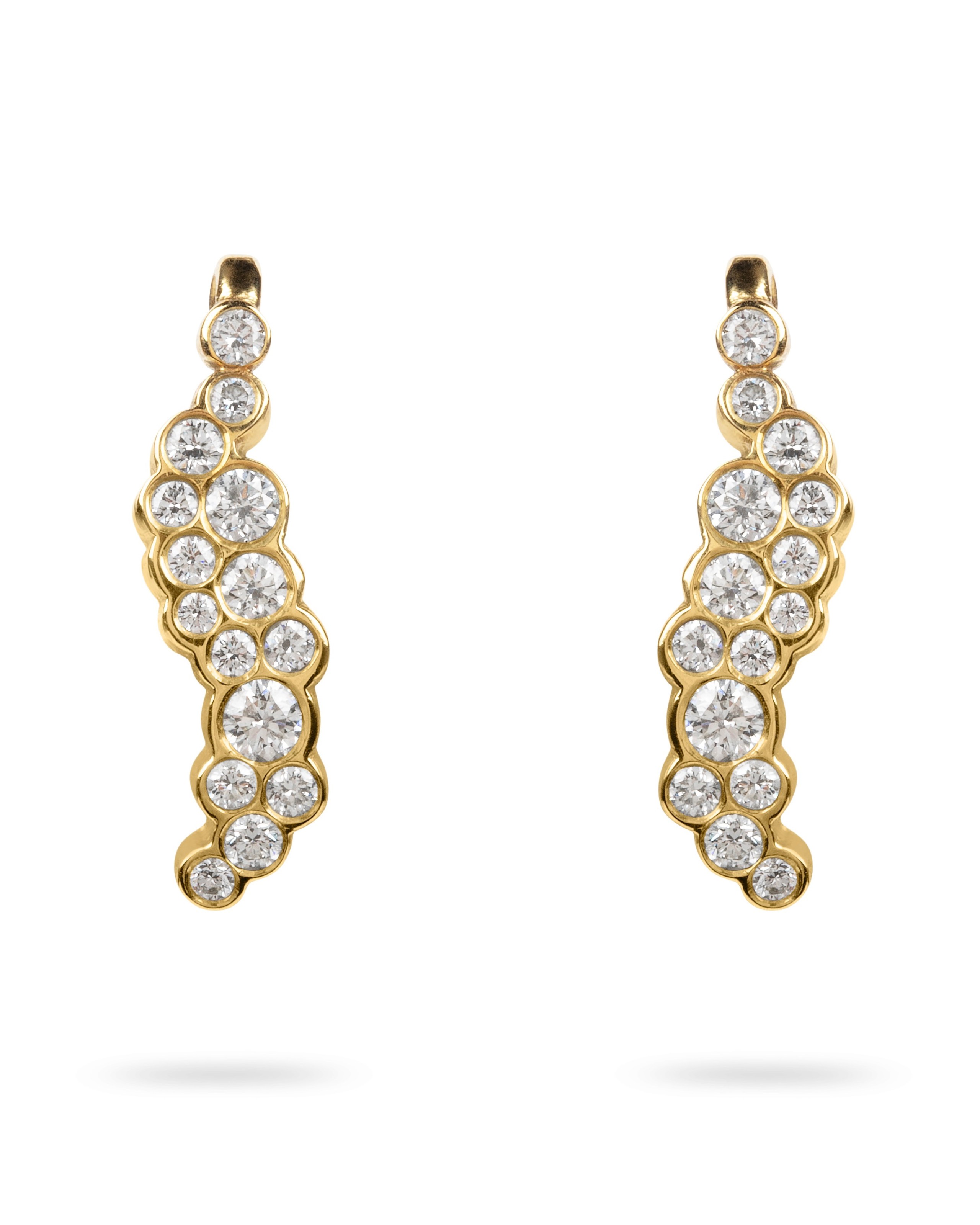
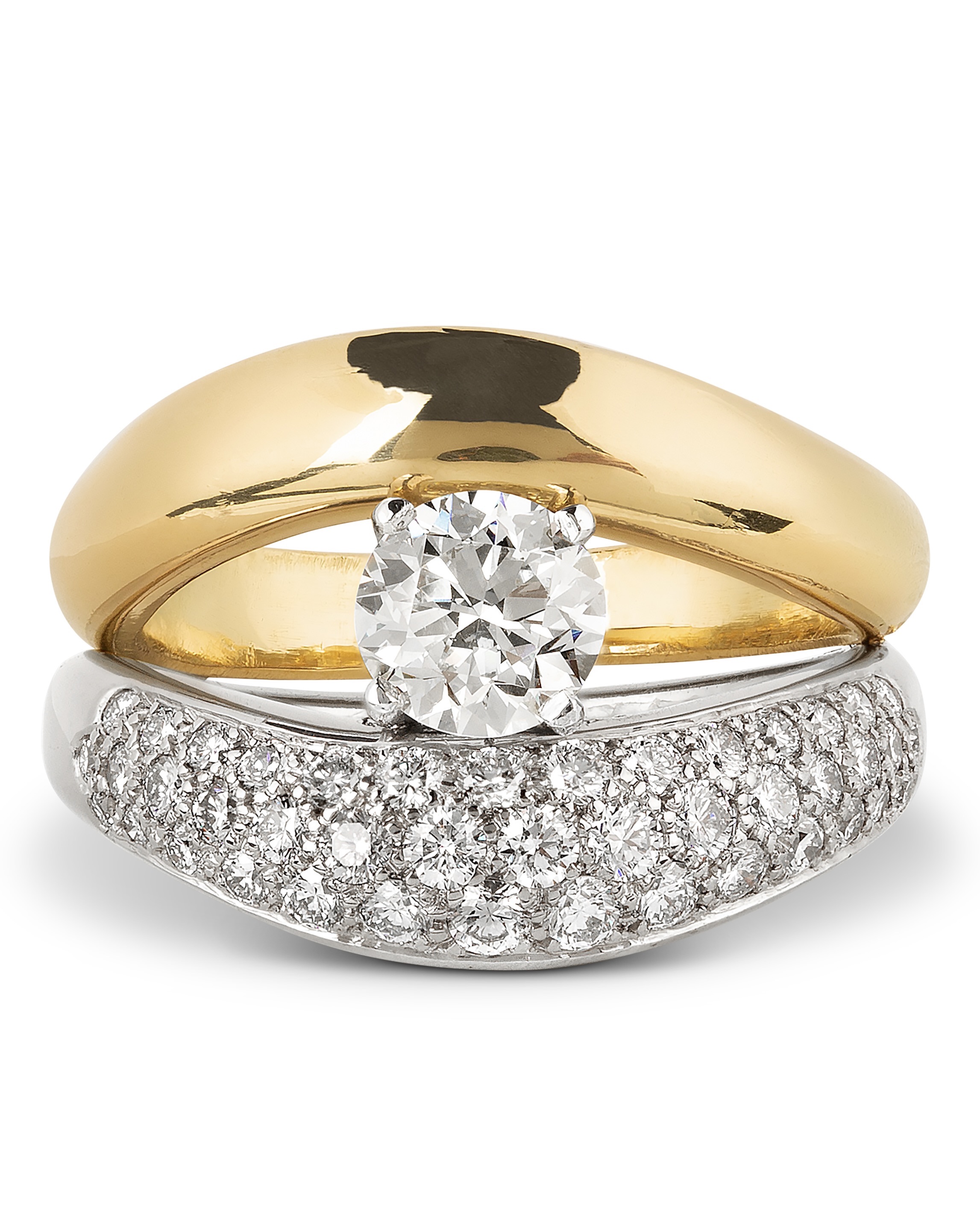
OND: Where do you source diamonds?
JT: I am lucky to have inherited specific suppliers from my father, who has known them for a long time. I work with reputable dealers and cutters, who source from a sightholder, some stones come from Botswana and South Africa. Canadamark diamonds are from a separate source, they have specific certificates that identify the supply chain. I also have clients asking for antique diamonds.
What a client is looking for determines where I source the stones. Ideally all diamonds will eventually be blockchained from mine to retailer so we can be 100 percent transparent in the materials used.
OND: Where do you source gold?
JT: Sometimes I’ll recycle and reuse a client’s metal in the workshop, or I work with a small caster who recycles in house. I also use Fairtrade gold.
OND: How does the diamond’s story enhance your design?
JT: Every diamond is so unique and has its own characteristics. There is much more to a diamond than the 4Cs and I always want to respect this through design. I love working with clients who want to choose their stone, it’s a nice part of the process for them to see loose stones, how they differ, and find one that is special to them.
Lola Fenhirst

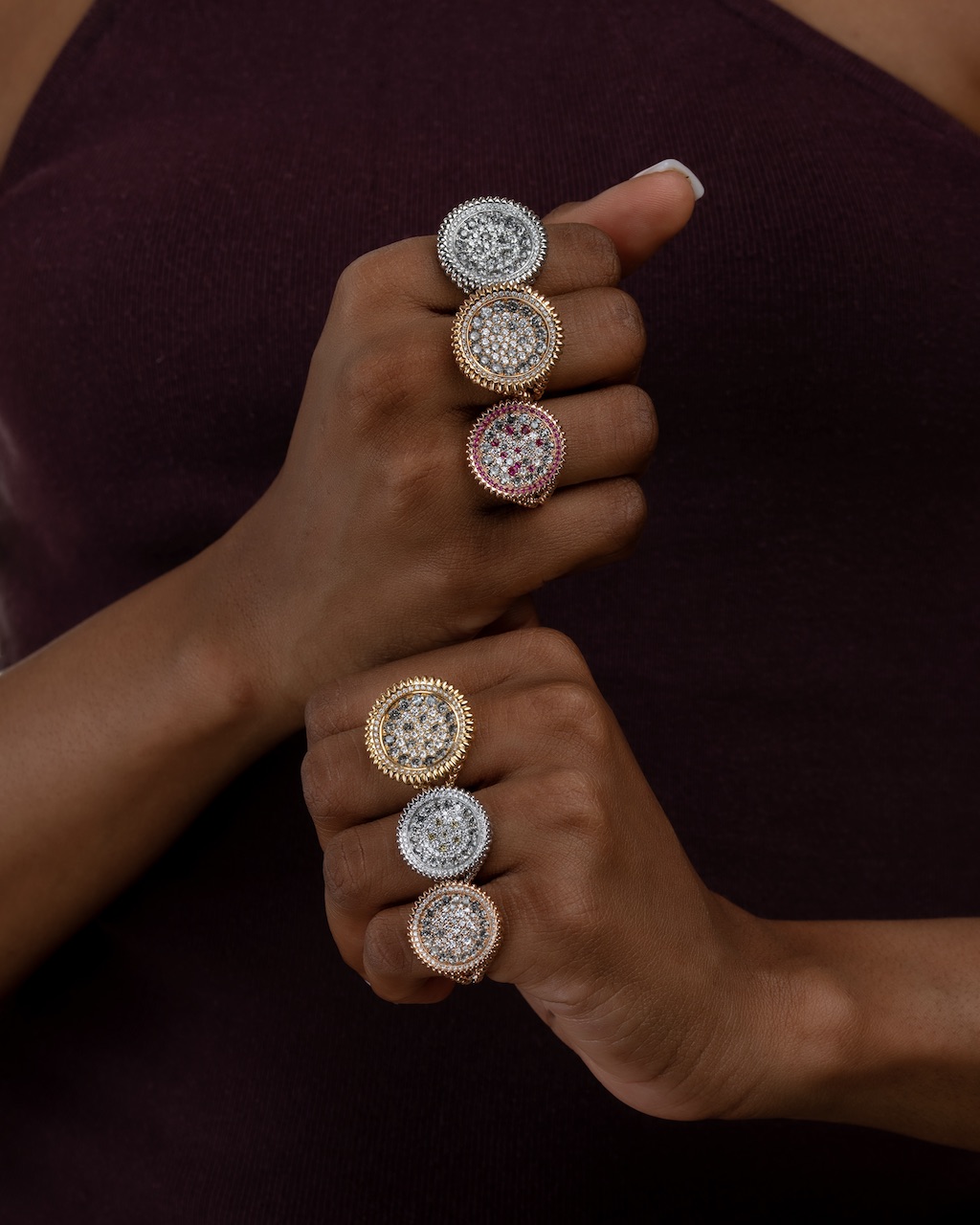
Standing above an immense open diamond mine in Botswana last year, designer Lola Oladunjoye envisioned her next jewelry collection. “The vast openness pulls you in and you realize how connected we are to the Earth and that we have responsibility towards it,” said the Paris-based designer whose collection is Lola Fenhirst.
Oladunjoye’s visit to Botswana’s diamond mines inspired the new PIT Series, a collection of striking gold circular concaved pieces designs with a mélange of white and grey diamonds.
“Africa doesn’t get enough credit for its treasures, mineral or otherwise,” said Oladunjoye, “and so I wanted to shine a light on the profoundly rich and diverse mineral table that lies deep within the red earth of Africa.”
The former corporate attorney turned jewelry designer draws on her Anglo-Nigerian background and West African heritage for her distinctive Lola Fenhirst designs and has made responsible sourcing integral to her designs.
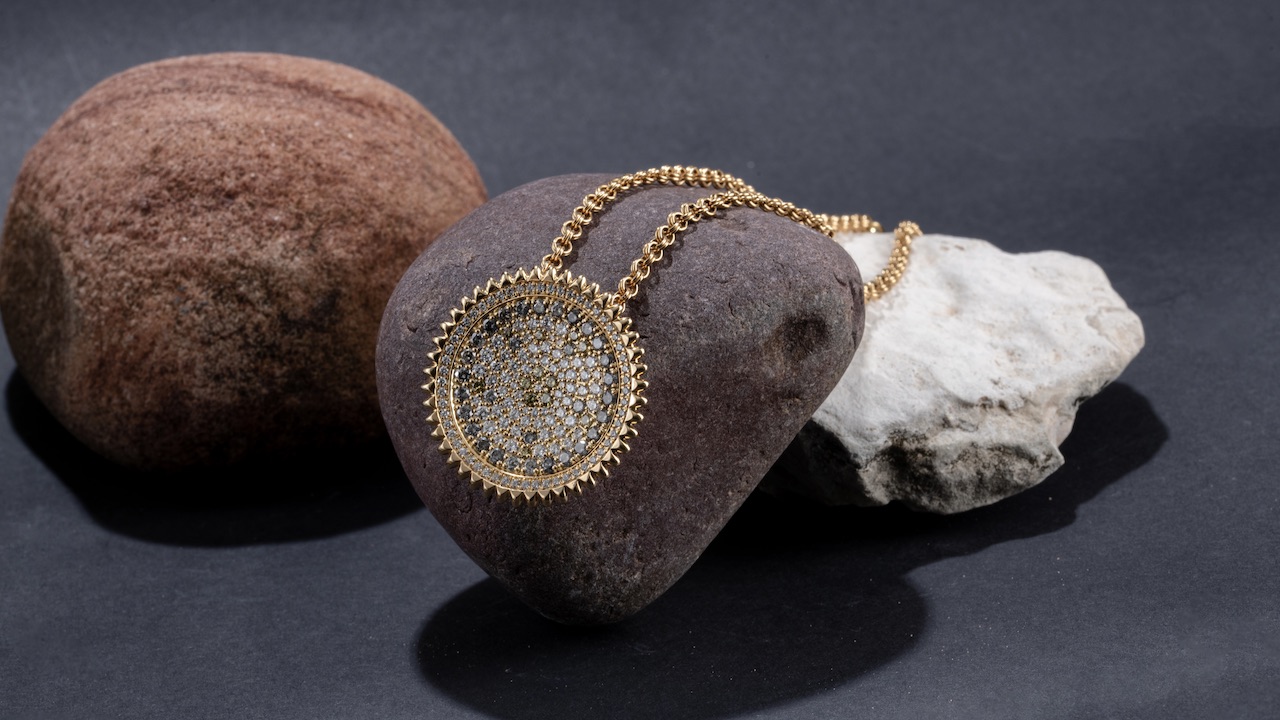
OND: Where do you source diamonds?
LO: I prefer to go to the source. Finding out where everything is sourced is part of the journey; it is not as interesting to me when you buy diamonds sight unseen in a transactional manner.
For the PIT series, I’m using melee from a third-generation Indian diamond cutter who buys rough from sources that I have vetted.
OND: How are you supporting the communities where the diamonds are mined?
LO: I photographed the PIT series in Botswana to put a spotlight on the captivating beauty of the landscape and show the pieces in their natural environment, as all the diamonds used in the series were sourced from Southern Africa. I also thought it was important to support the ecosystem that has grown up around the diamond industry in Botswana by hiring models, photographers, and crew members who were all born and raised in the country.
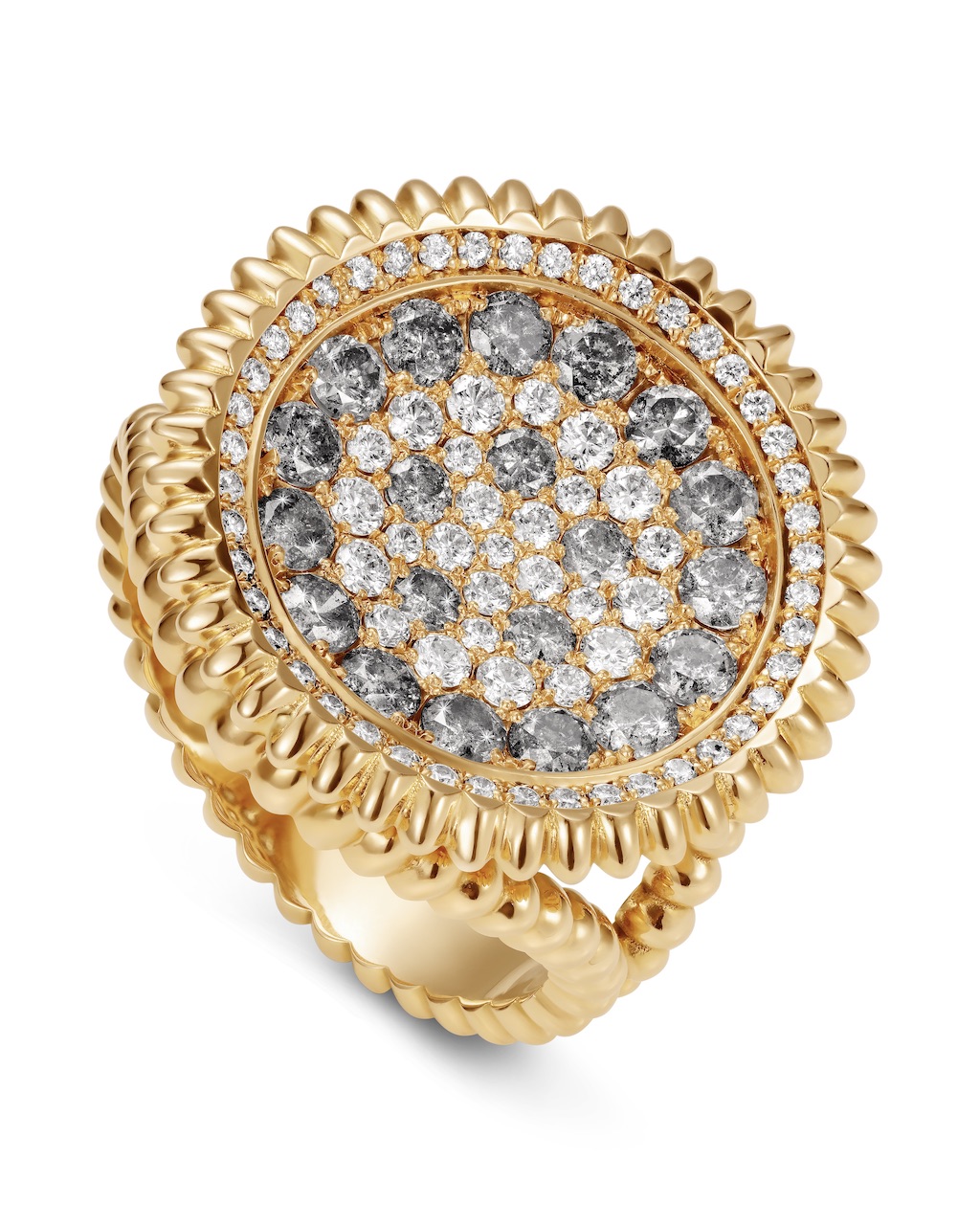
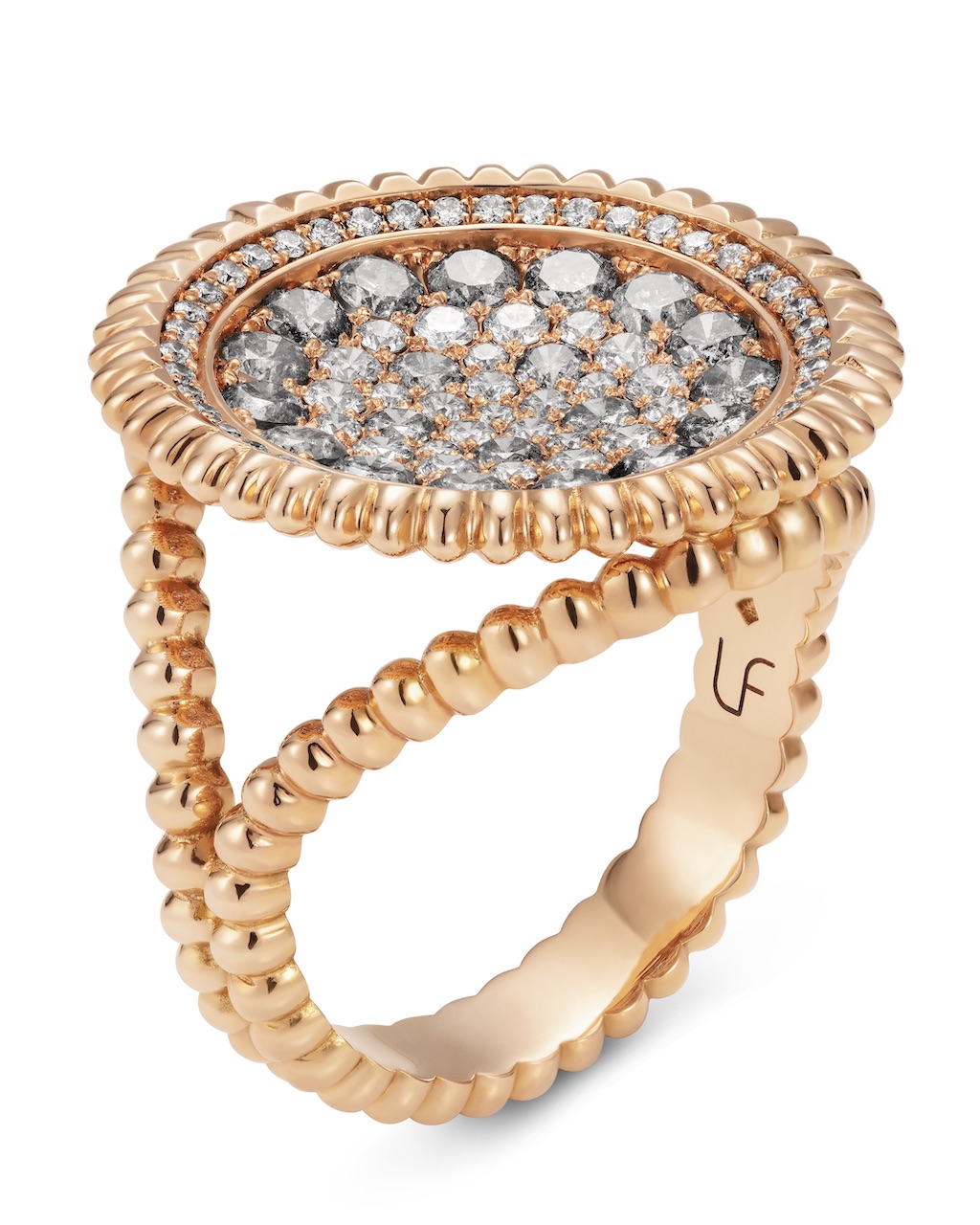
OND: What are you doing to minimize your carbon footprint?
LO: A key tenant of sustainability is not overproducing, keeping everything small batch, so I mainly make to order. This gives clients the ability to choose the stones and make it custom. All my jewelry is handmade in our London workshop using recycled gold and diamonds that I personally select or antique stones.
OND: What’s next?
LO: In Botswana, I was amazed by the beauty of grey diamonds. I consider them to be a metaphor for the continent of Africa; they are lower in value than white diamonds and yet they are more unique, each different because they are included. I would like to find way for people look at inclusions not as blemishes but rather as a diamond’s uniqueness.
Thelma West
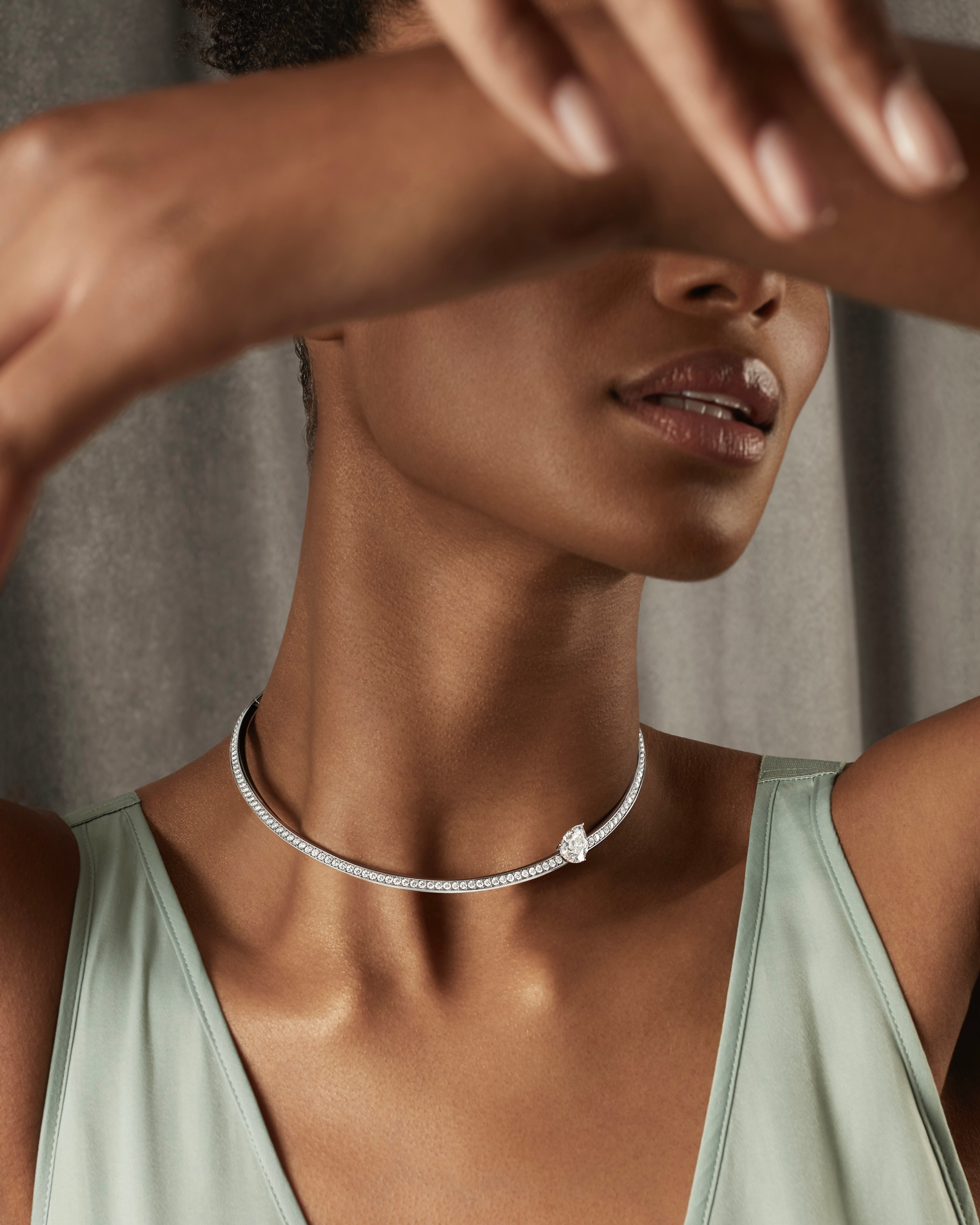
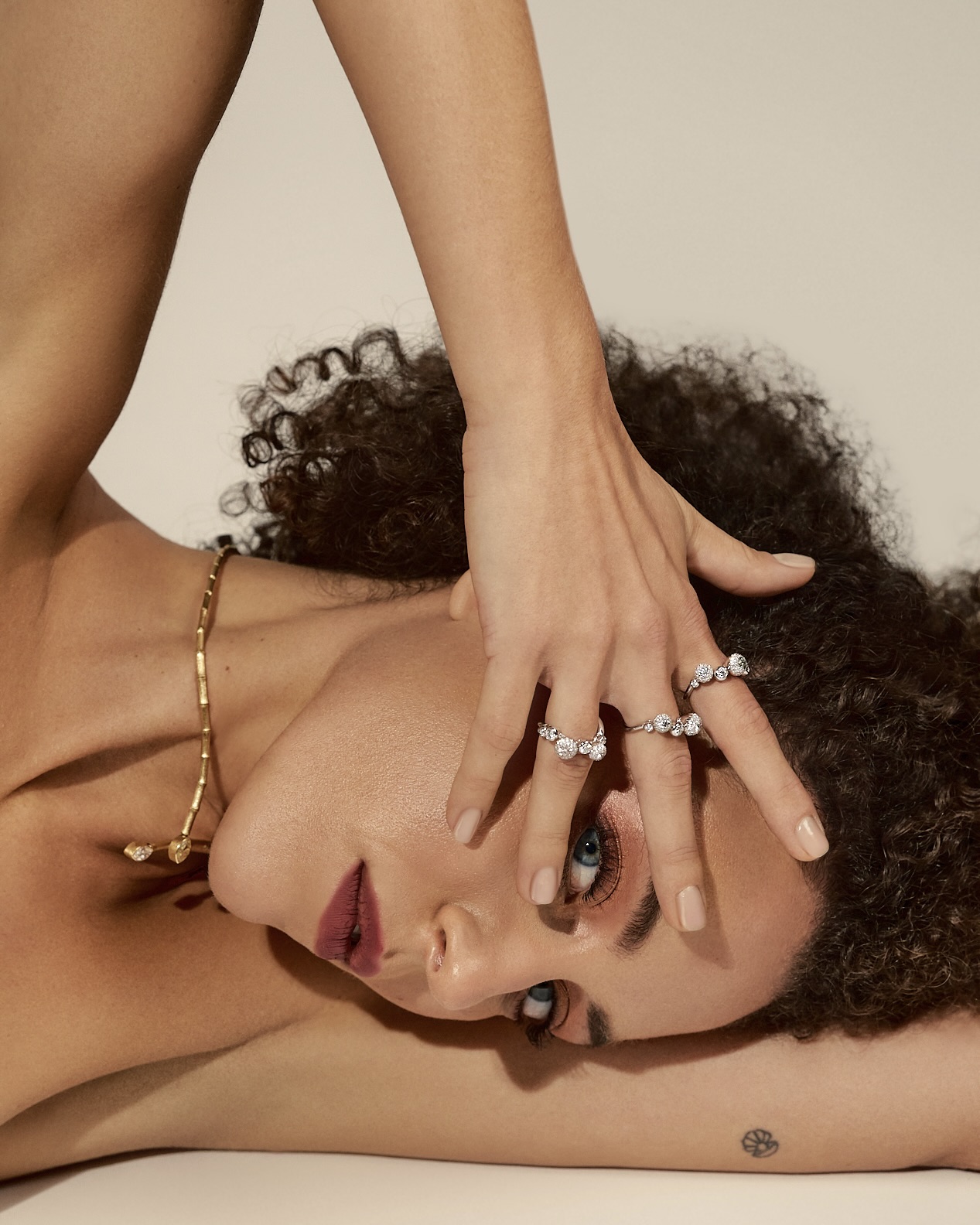
Thelma West, a Nigerian-born jeweler based in London who sources all her diamonds in Botswana, where she has seen the industry transform the country. “I know how diamonds and gemstones can really change lives, feeding millions of people, empowering communities,” she says.
West’s business is rooted in creating pieces that have deeper meaning and impact: She uses responsibly sourced diamonds, gemstones, and gold, and each piece is handmade by artisans whom she personally vets to ensure that the workshops who make her pieces align with her values. Rather than churning out collections, West creates contemporary one-of-a-kind pieces, each is a personal expression of the designer and wearer.
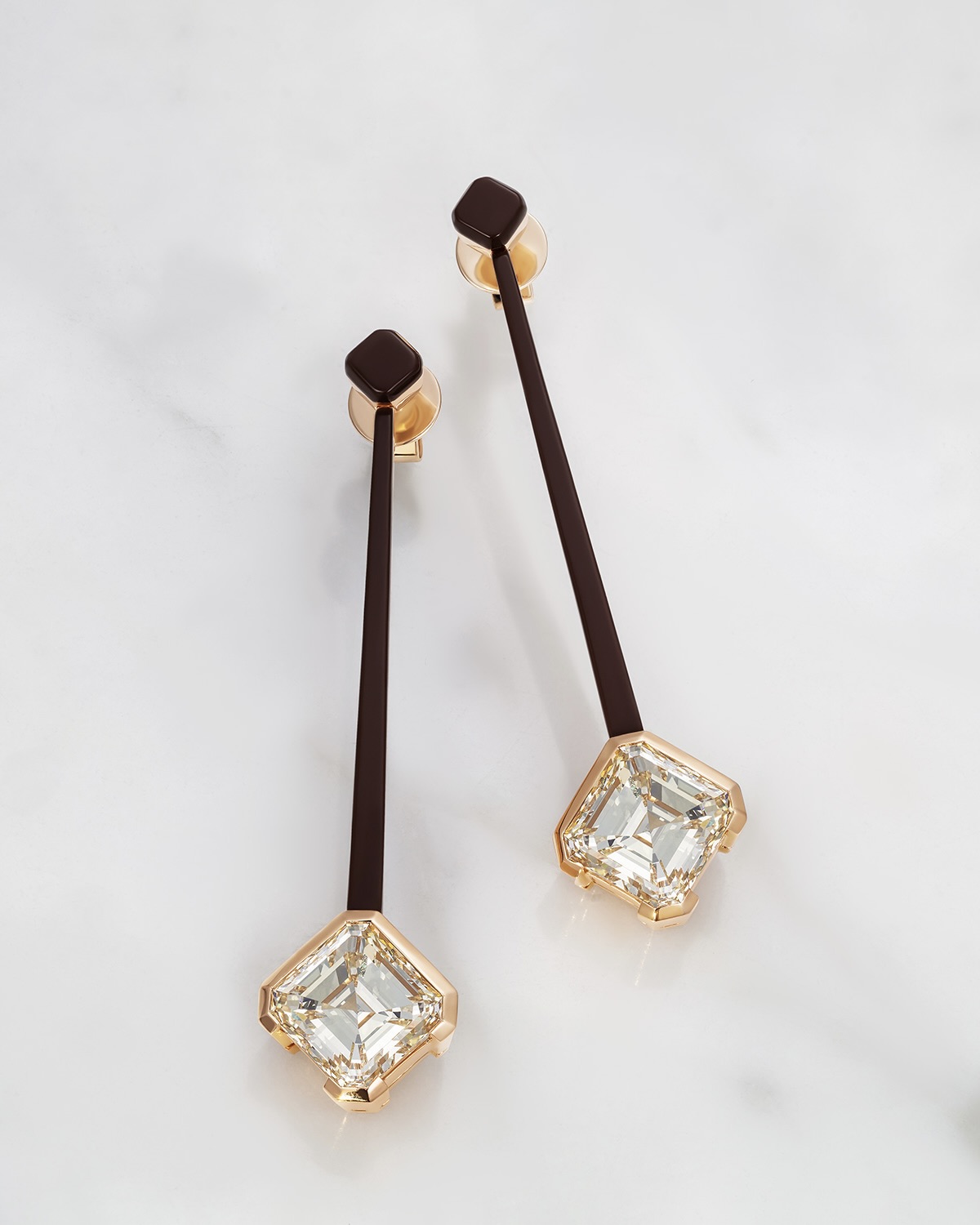
Only Natural Diamonds: Why diamonds from Botswana?
TW: Buying a piece of jewelry with a Botswana diamond is a symbol of ethical, heartfelt luxury. It supports the wonderful work done in Botswana, where diamonds are uplifting a whole country, widely benefiting those communities with increasingly sustainable extraction practices. I only work with natural diamonds, which have a much smaller carbon footprint than fake lab-grown diamonds.
OND: How do you know your gems are responsibly sourced?
TW: We have a simple and transparent supply chain, allowing us to trace the journey of every stone from its source to the final piece of jewelry.
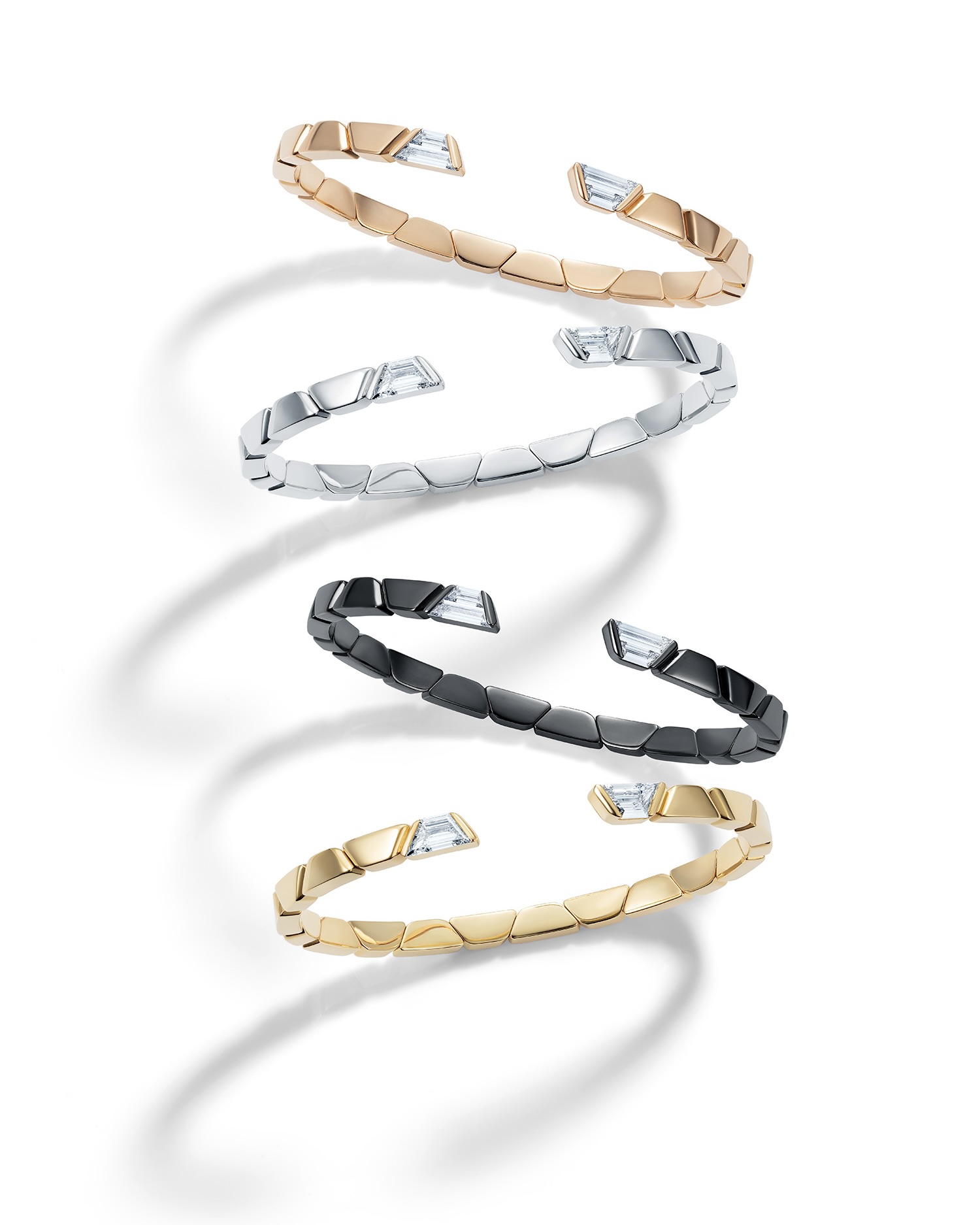
OND: Where do you source gold?
TW: My gold suppliers have certifications, such as the Responsible Jewelry Council (RJC) or Fairmined, reflecting their commitment to sustainability and ethical practices. A significant portion of my creations features recycled gold. This is a meaningful step toward reducing the demand for new mining and minimizing the environmental footprint associated with gold production.
OND: How do you minimize your carbon footprint?
TW: I have also just started a side project which is very much around regenerative agriculture and, as part of that, we are reforesting land to unproductive woodland. That is my way to make an honest, albeit small, effort at offsetting some of my carbon footprint.
Nigora Tokhtabayeva, Tabayer
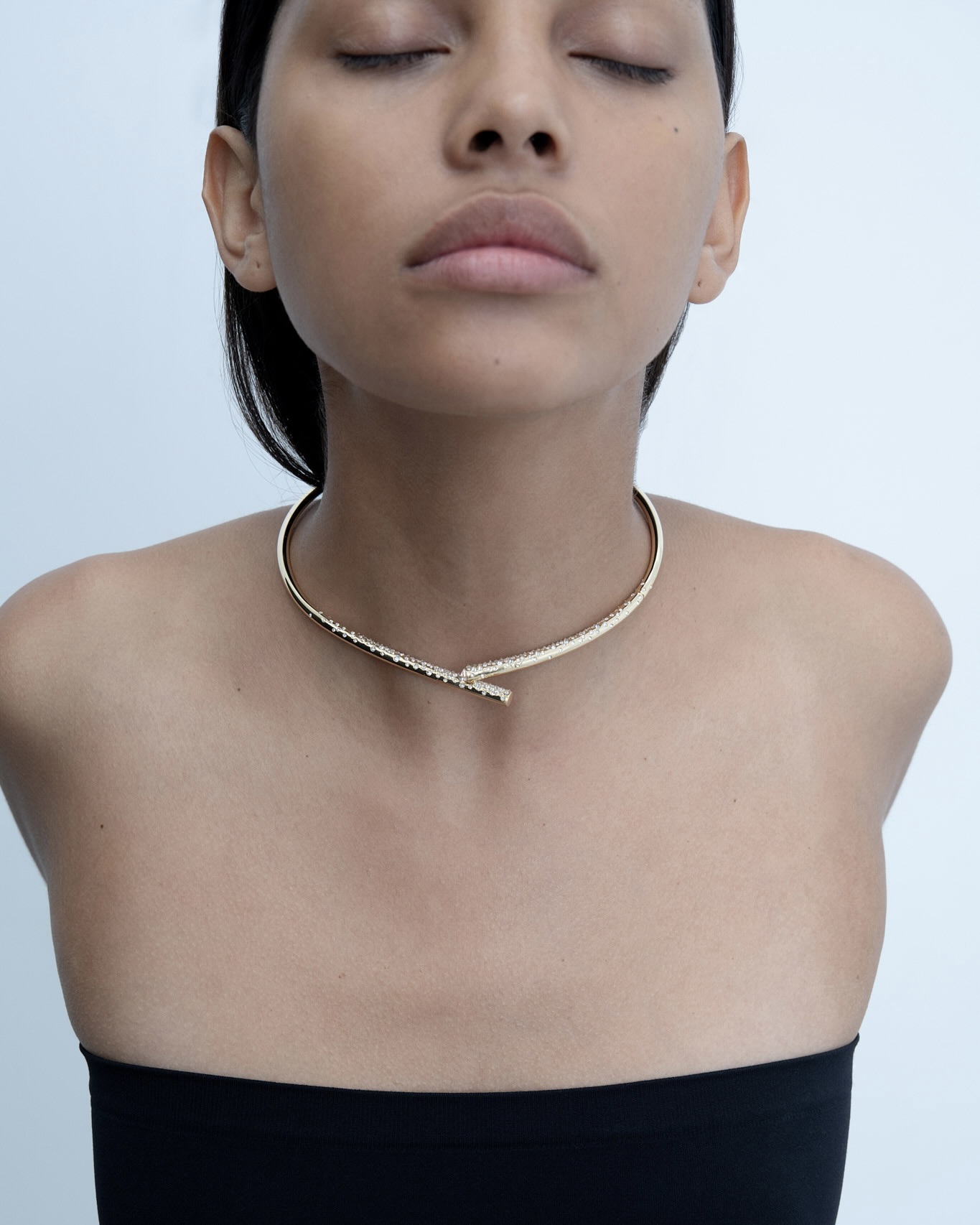
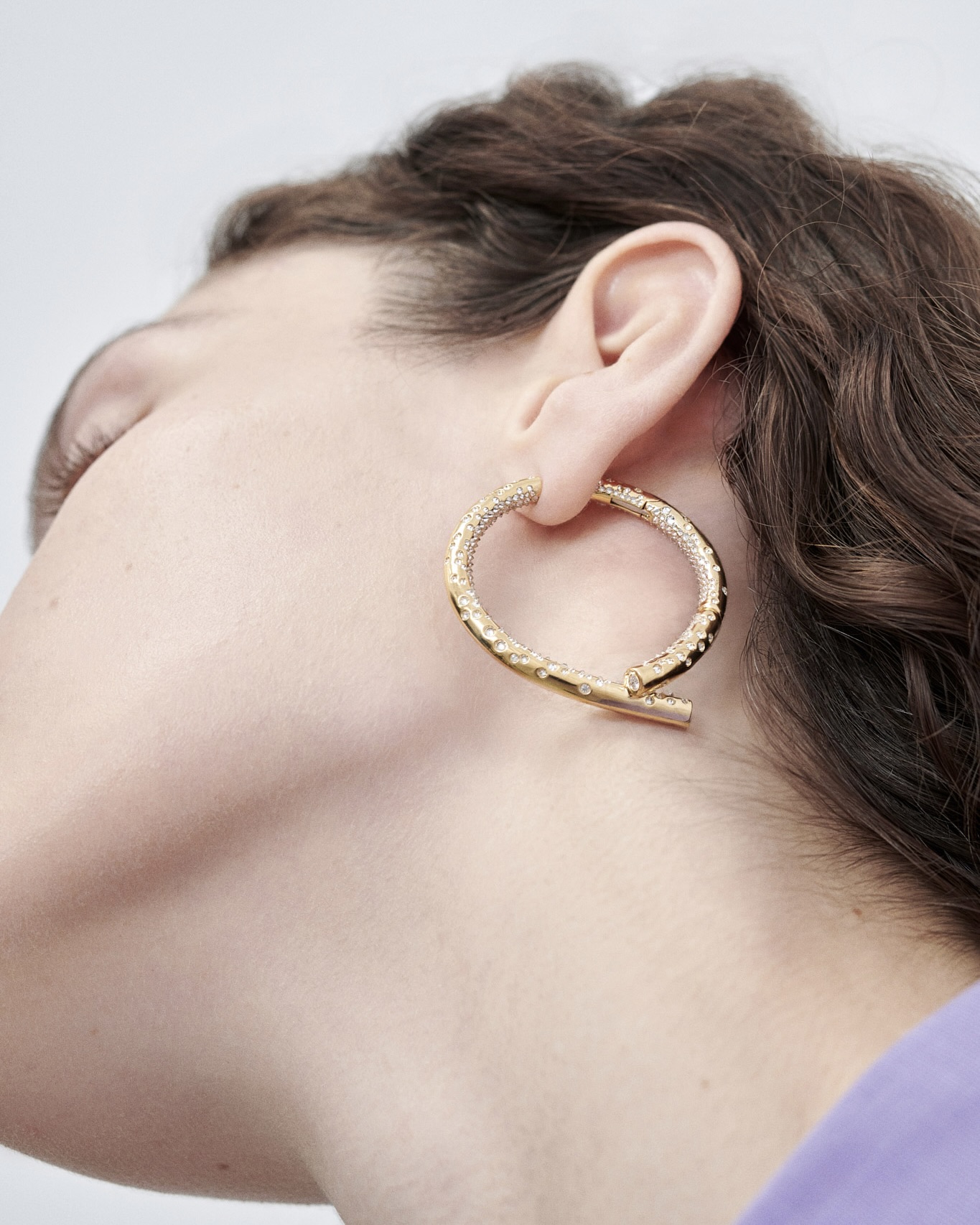
When Tokhtabayeva unveiled the Tabayer collection in Paris in 2019, she made sustainability an integral part of her vision. She’s seen the shift in the minds of consumers, saying, “They want brands with values, especially the younger generation, who are increasingly looking for brands safeguarding equitable working conditions and minimizing the impact on the environment.”
OND: Where do you source diamonds?
NT: We procure all our diamonds from recognized global sightholders who are members of the Responsible Jewelry Council (RJC). Our suppliers undergo rigorous audits and are certified by the RJC. This certification attests to their strict compliance with the RJC’s internationally recognized Code of Practices. This comprehensive code encompasses a wide spectrum of the certified member’s operations, including aspects related to human rights, community development, anti-corruption measures throughout the entire supply chain, labor rights, working conditions, health and safety standards, environmental responsibility, and the accurate and transparent disclosure of all the products they sell.
I’m working with GIA’s new ‘source verification service’ which can verify the mine the diamond rough came from. This verification will allow Tabayer to have full traceability on the diamonds we use over 0.15 carats.
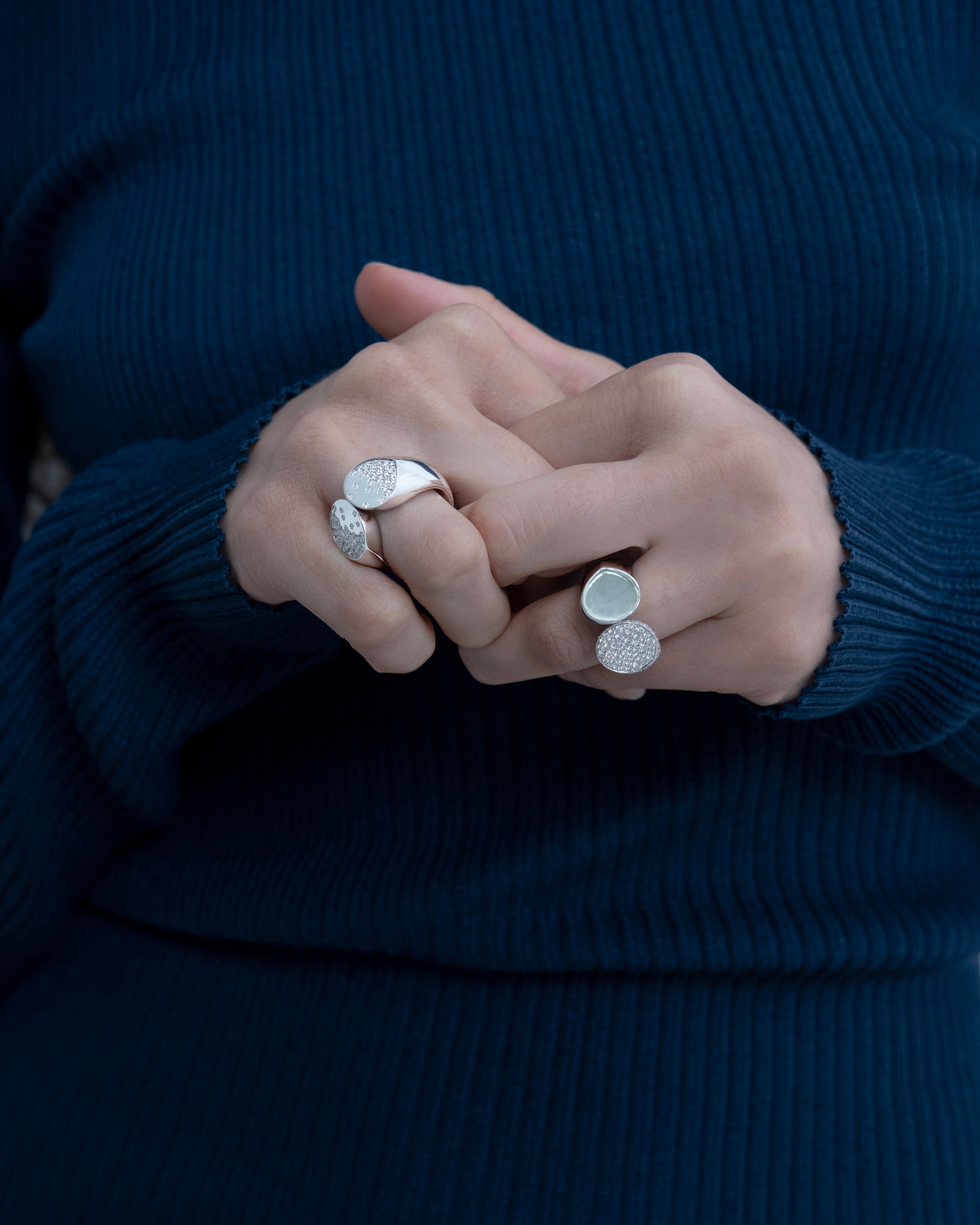
OND: Where do you source gold?
NT: The gold is proudly certified as Fairmined, sourced from artisanal mining organizations with strict labor and safety guidelines that are committed to promoting social development as well as environmental protection.
OND: Where’s the jewelry made?
NT: Our jewelry is meticulously crafted in small factories (family-run businesses) that have a rich history of operating in Italy for many decades.
OND: What other groups do you support?
NT: As a woman and a mother of five, I made the deliberate choice to lend my support to two causes that hold special significance for me: Every Mother Counts is an organization that deeply inspires me with its mission to ensure safe pregnancy and childbirth for every mother, around the world, and the Period Abundance Foundation is a charitable organization dedicated to providing safe and sustainable period undergarments to those in need.
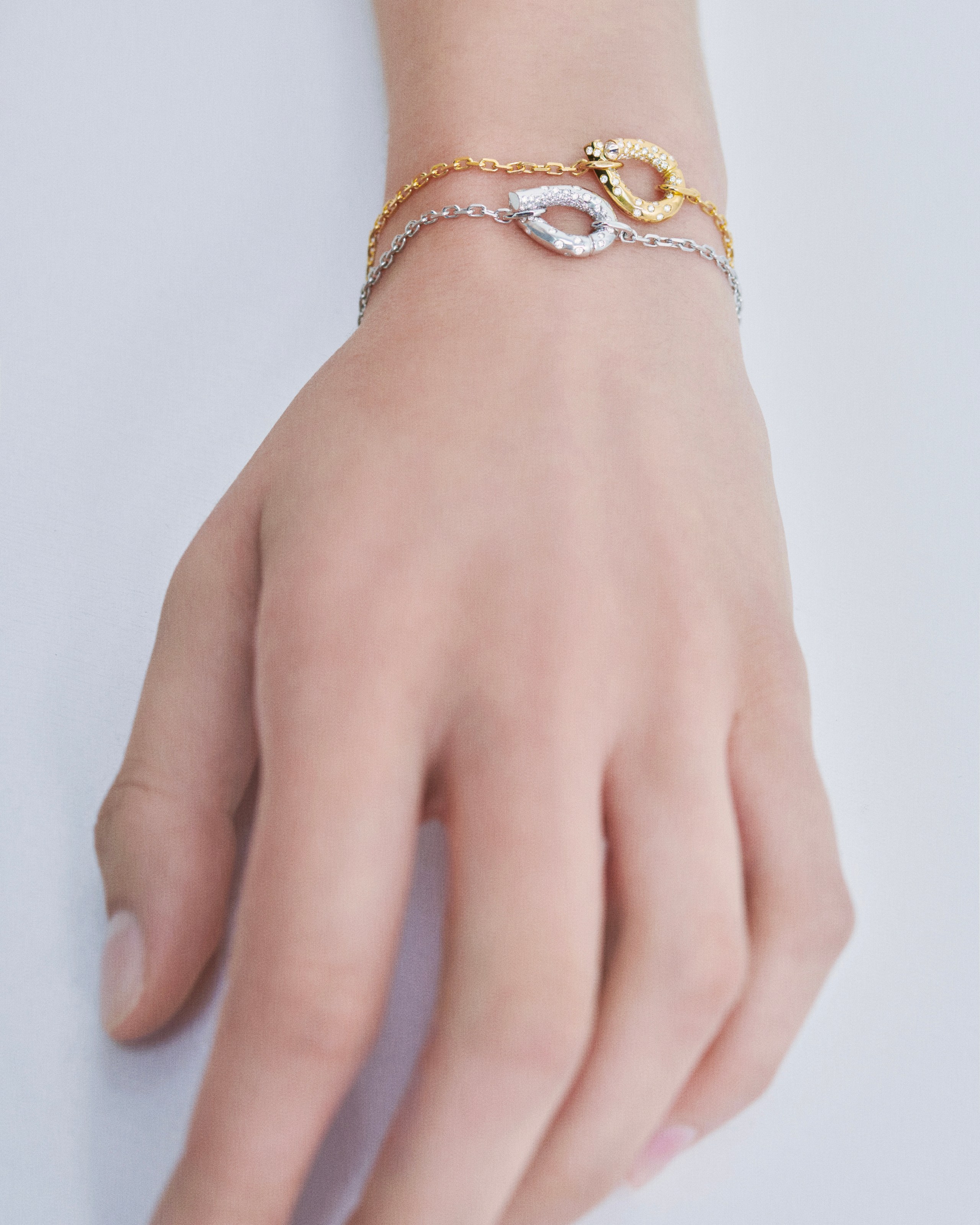
OND: How do your personal values influence your jewelry design?
NT: Growing up in Uzbekistan, I was deeply immersed in a culture where jewelry held significant spiritual significance, functioning as protective amulets, and this had a profound impact on me. To me, jewelry transcends its role as mere embellishments or ornaments. I wanted to create pieces that can grant their wearer the spirit of autonomy and self-determination. Tabayer pieces are modern amulets to make anyone who wears them feel empowered to achieve what they set their mind on.
Emily P. Wheeler
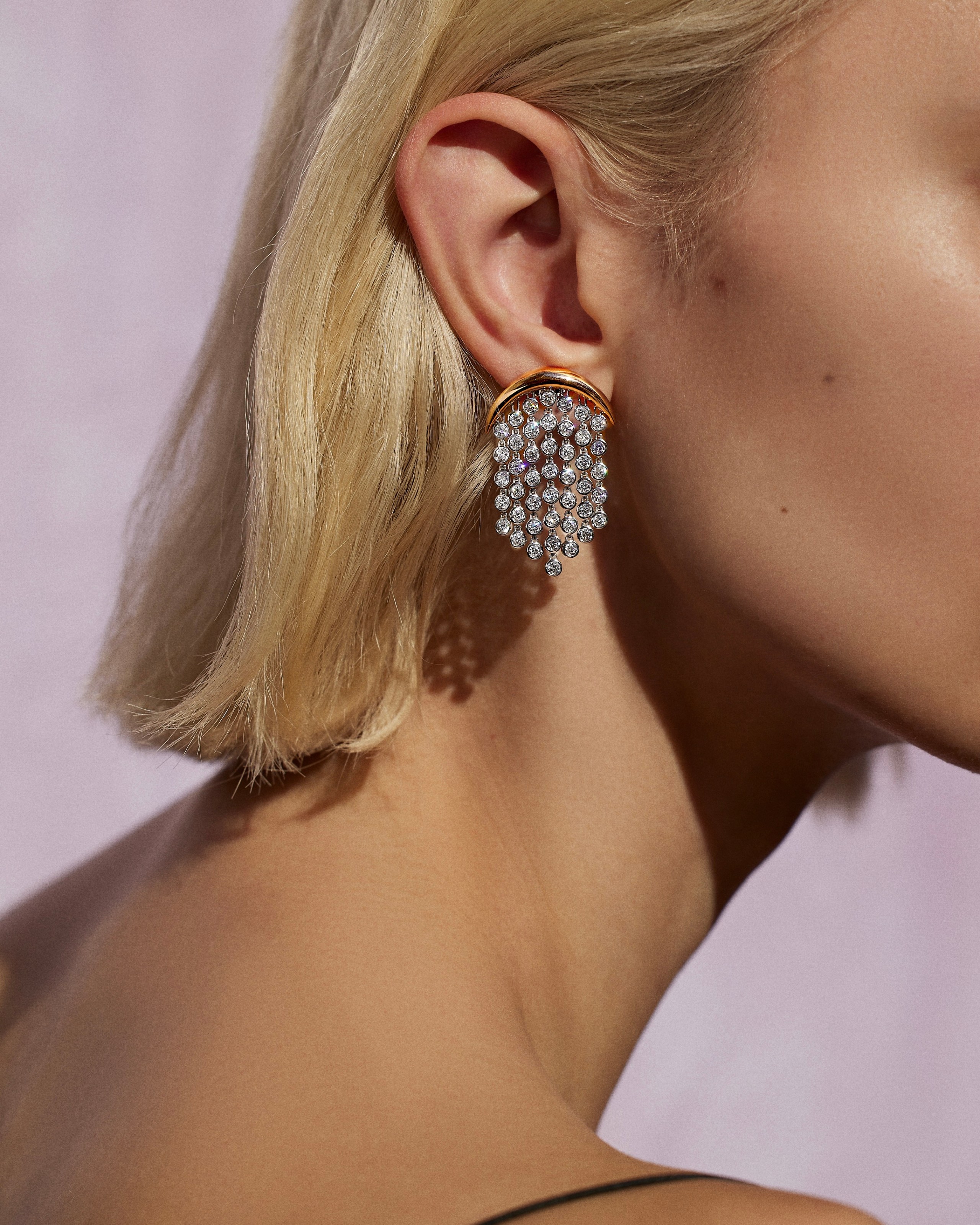
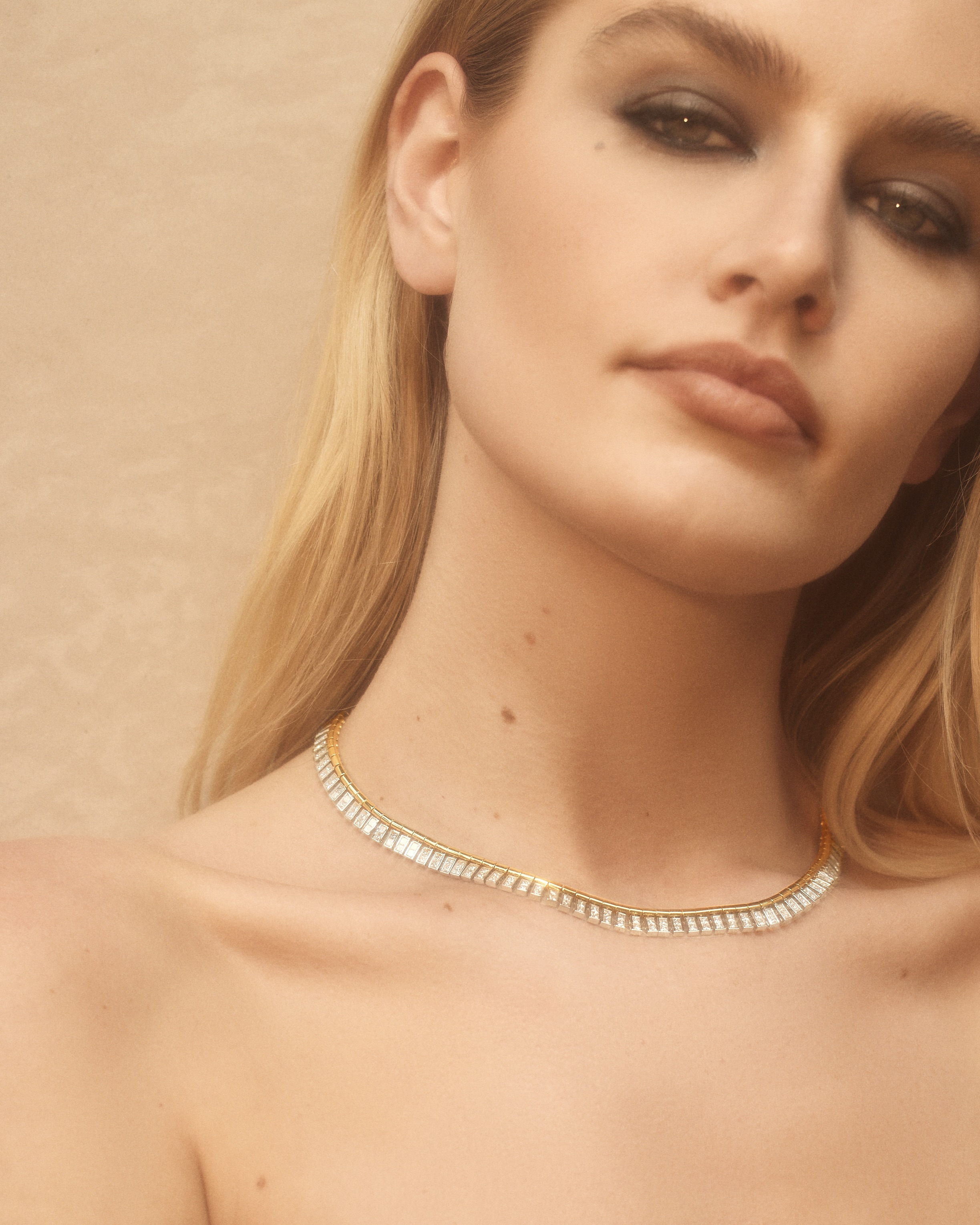
To ensure she’s doing everything possible to create sustainably sourced jewelry made in ways that benefit all the hands that touch the piece, Wheeler hired a sustainability coach to help her develop a Supplier Code of Conduct for all her partners. That ensures she’s creating jewelry that is beautiful and that you can feel good about.
OND: Where do you source diamonds?
EW: I source as much repurposed melee and large diamond cuts as I can, including antique and vintage stones.
OND: How do you ensure your diamonds and gemstones are responsibly sourced?
EW: I’ve been working for years with trusted suppliers that I vet myself or that are RJC members. With larger stones, it’s also easy to tell if something is authentically antique based on the cut.
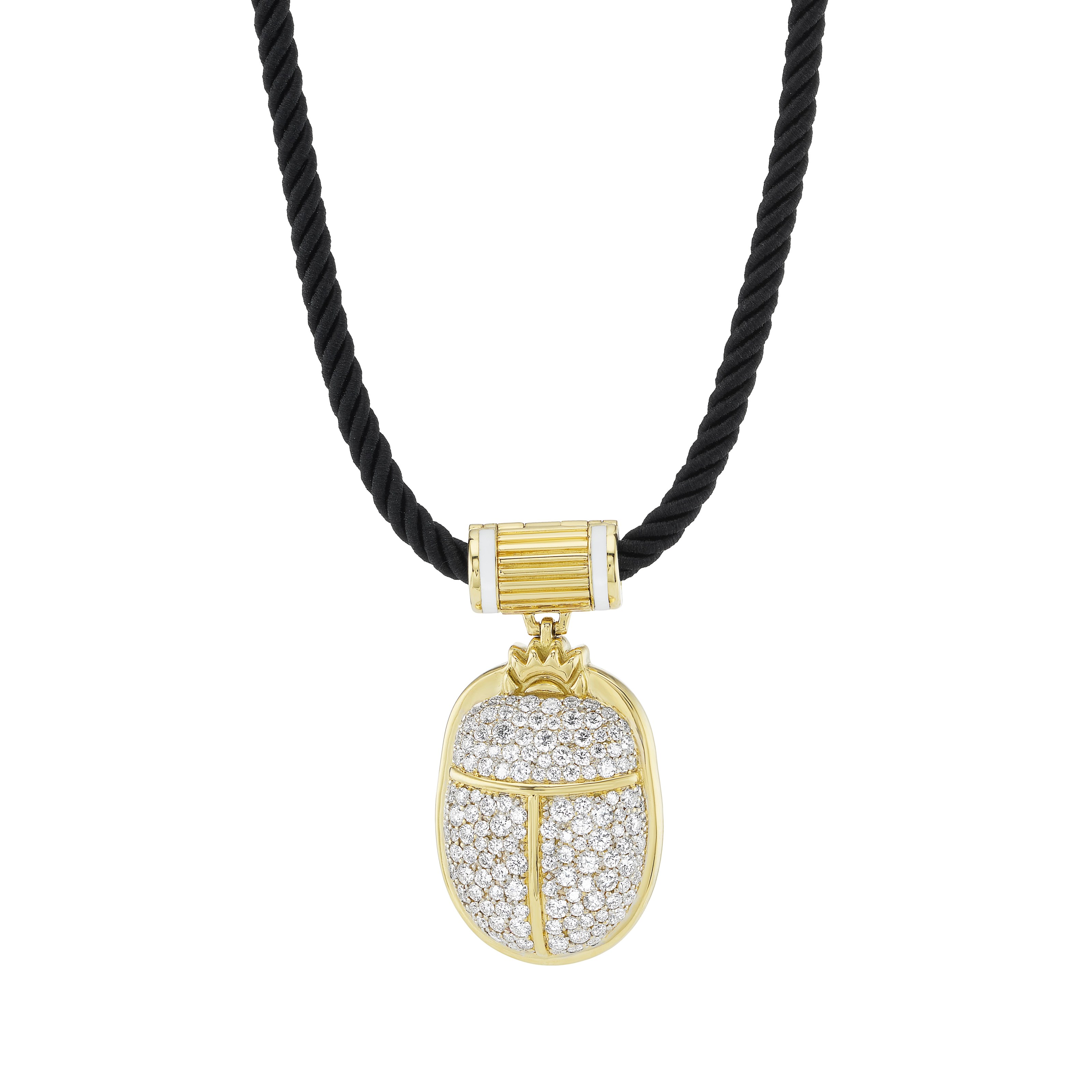
OND: Where do you source gold?
EW: I have used recycled and Fairmined gold and am moving towards Single Mine Origin gold for 100% of the collection.
OND: What philanthropic groups do you support?
EW: We donate approximately $20,000 or more of product towards fundraising initiatives each year. In the past, that has been towards animal rights groups, Boys and Girls Club of America, NAACC, and the Marfan Foundation.
OND: How does your philosophy impact your jewelry?
EW: I don’t design with materials that I believe to be irresponsibly sourced; I look for alternatives to gold and I use antique stones.
Erin Sachse, founder of Eriness
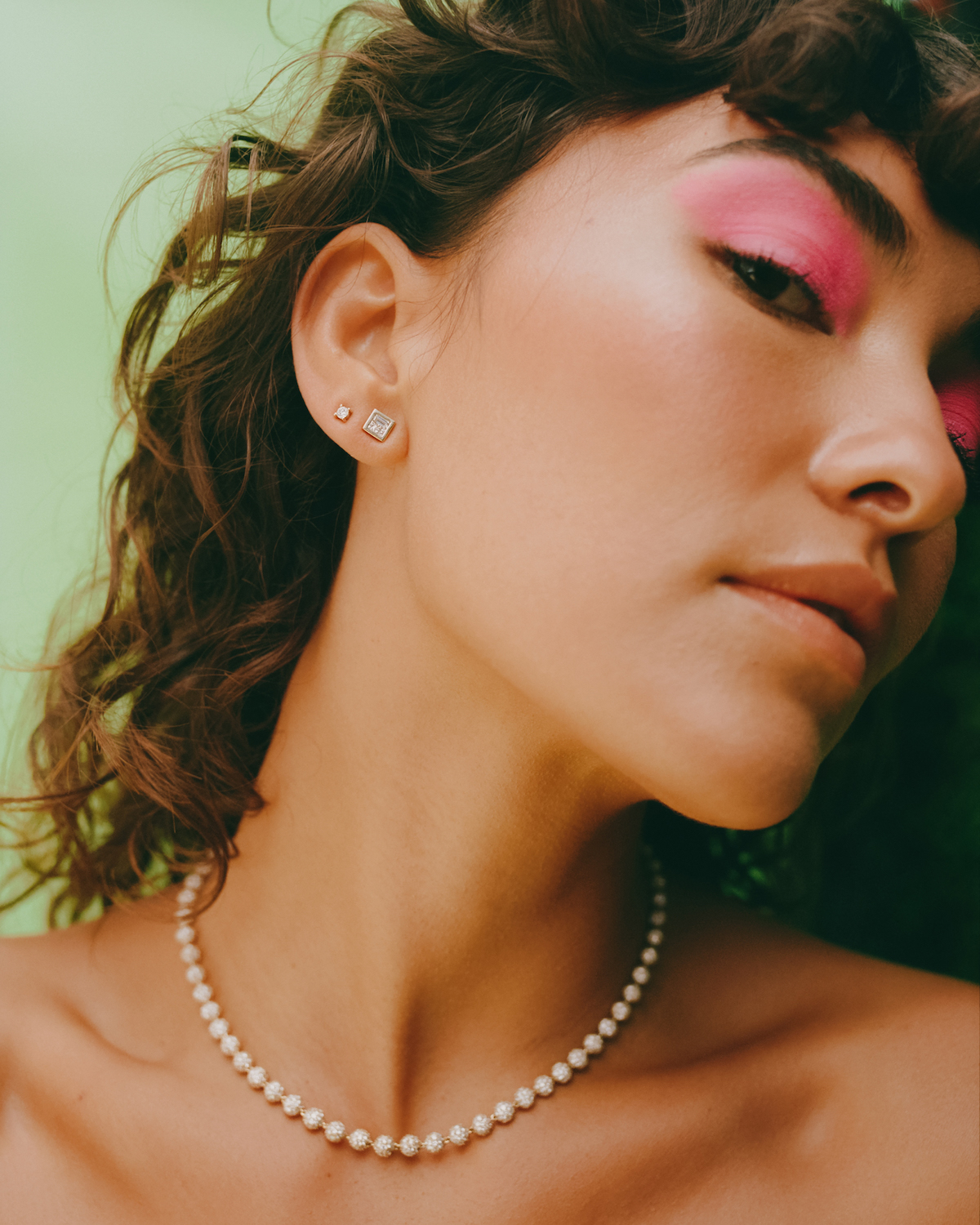
“The morals and values I uphold for my personal life are the same as the ones I have for my business,” says Erin Sachse, the Los Angeles-based designer. She lives and breathes that mantra, even when it means spending more time and money to find the partners that align with her values.
OND: How do you ensure your jewelry is responsibly sourced and produced?
ES: When I began the process of finding a production team, it was important to me that I worked with a team that cared about sustainability, safe practices, conflict-free materials, and of course, impeccable workmanship. The team we work with is a member of the RJC, which ensures supply chain integrity from start to finish.
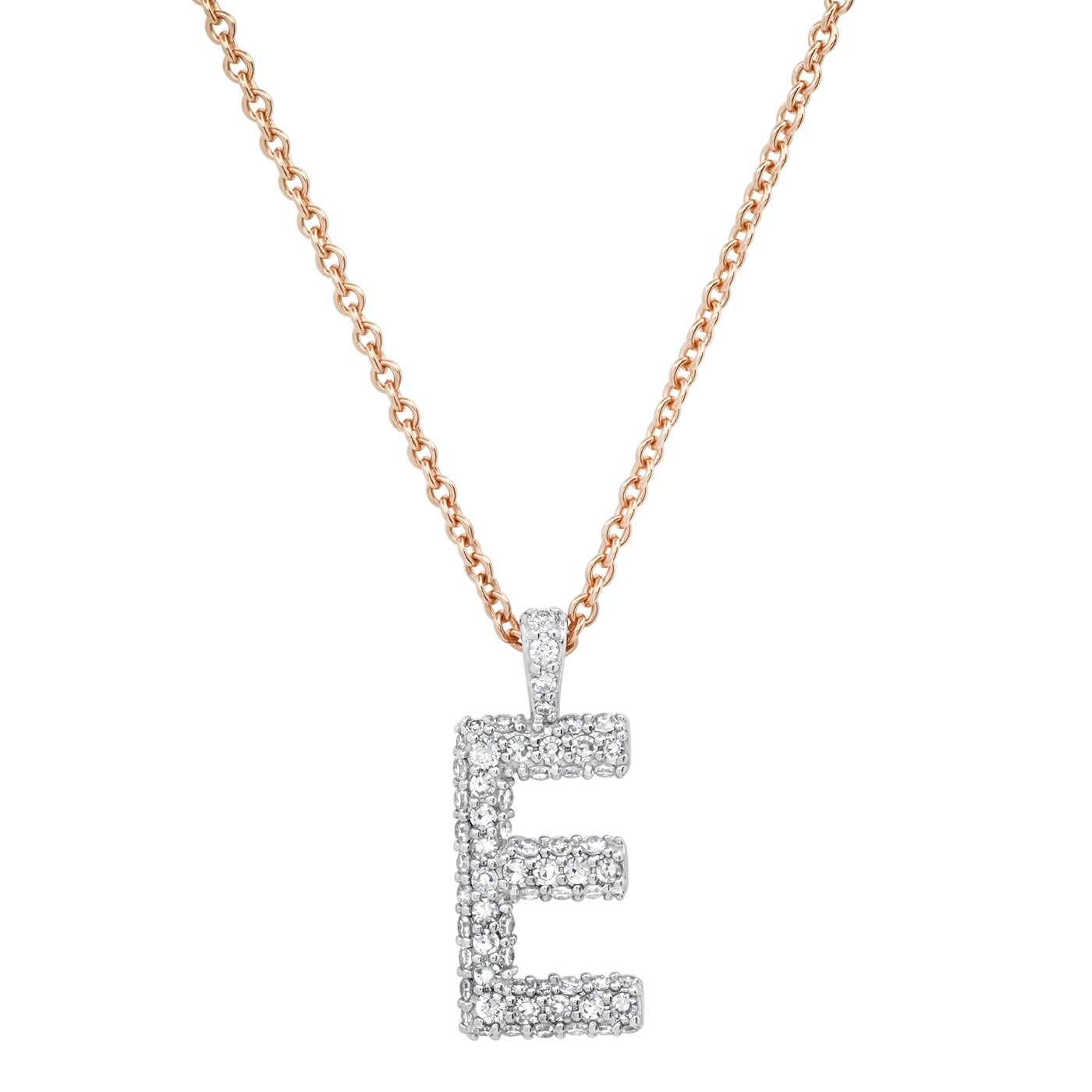
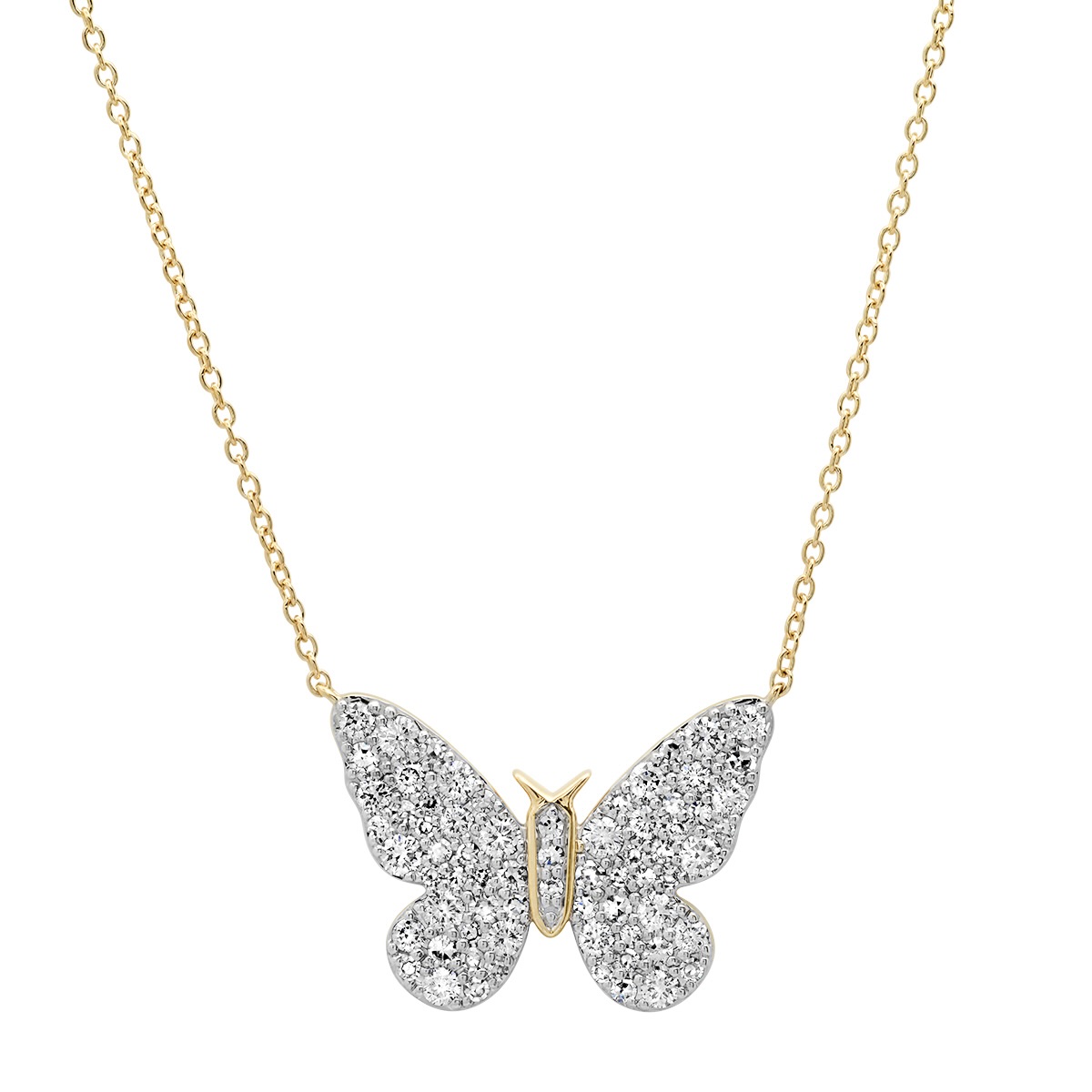
OND: Where do you source diamonds?
ES: All of our stones are certified as conflict-free and verified with the Kimberley Process and the System of Warranties (SoW) Guidelines. I am proud to create beautiful products that morally align with my beliefs and are ethically sourced.
OND: Where do you source gold?
ES: We’ve been sourcing conflict-free gold with the same company out of New York for over eight years.
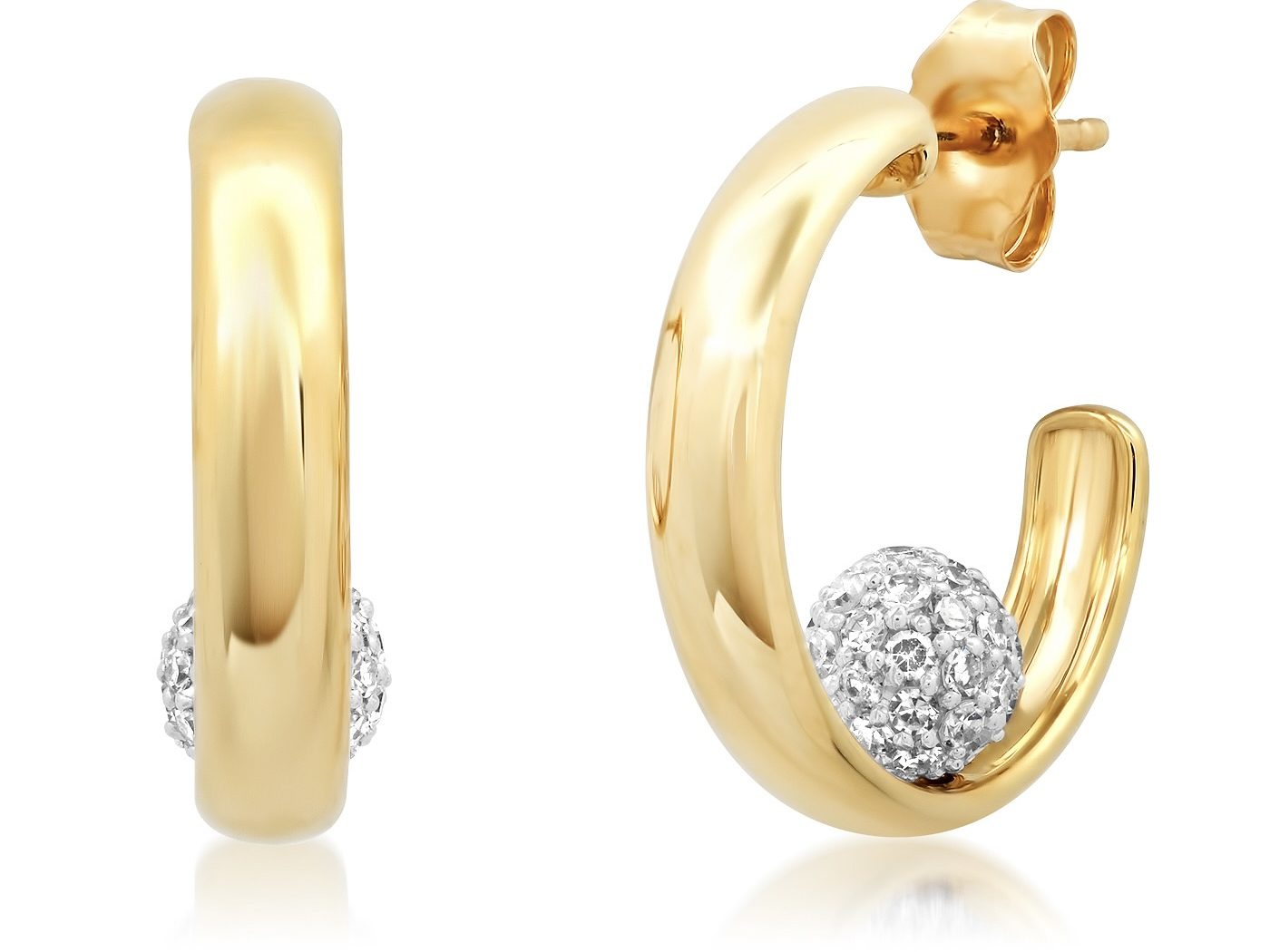
OND: What other groups does your jewelry support?
ES: Channeling my belief that Eriness can do more than just sell jewelry, we donate proceeds of the Resist collection to the ACLU, Color of Change and Planned Parenthood. It’s easy to feel helpless in today’s political and social climate and I think however small this is, it feels like you can do your part.
OND: How does your philosophy impact your jewelry design?
ES: For me, jewelry is not a one-time wear. It’s something you have forever. Something you pass down to loved ones and something that tells a story. The jewelry I design reflects my love of nature, simplicity, and spirituality.
